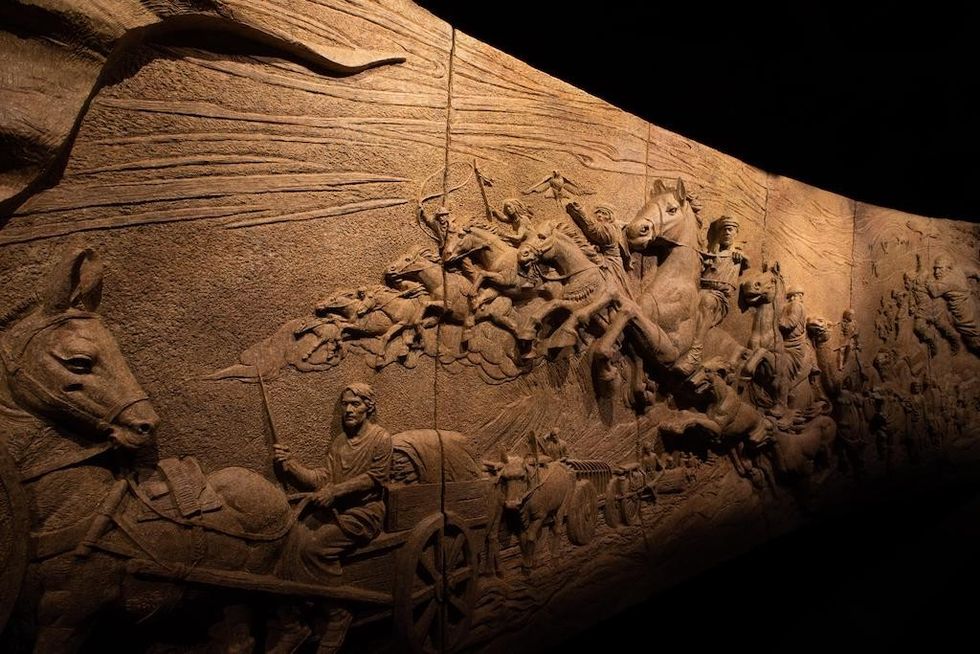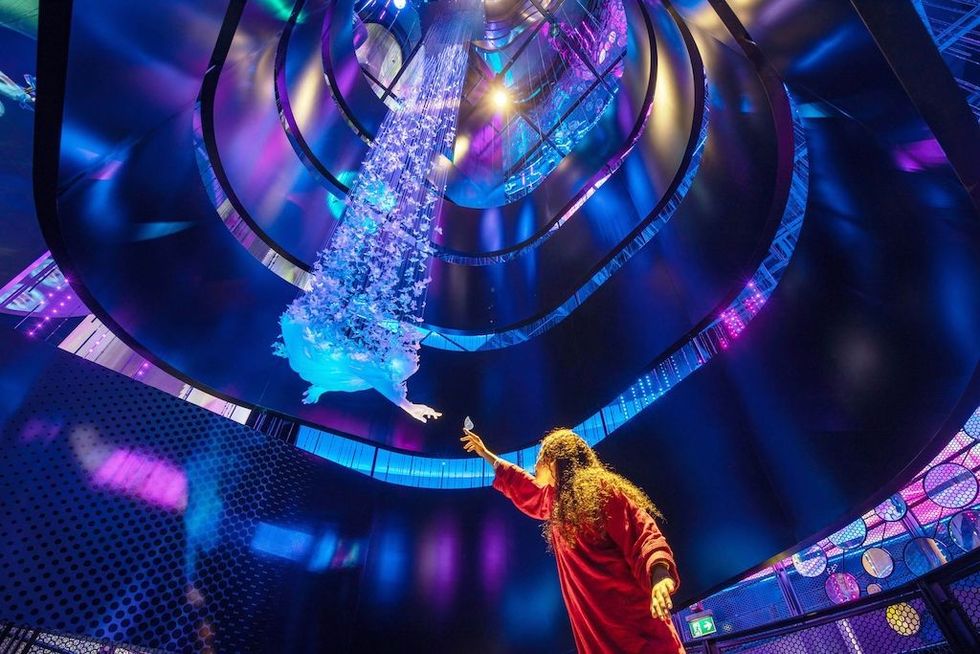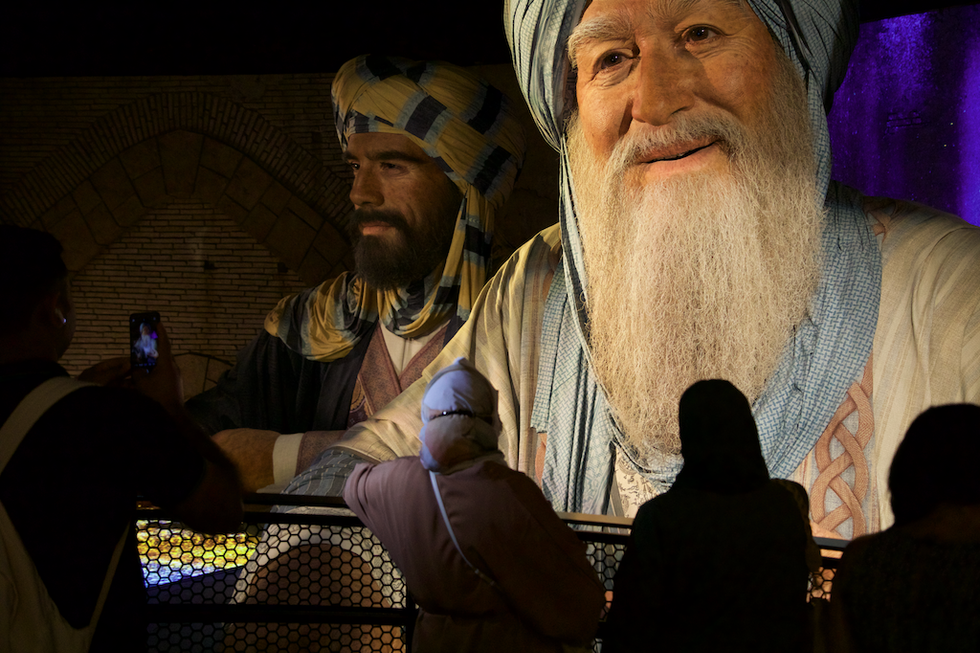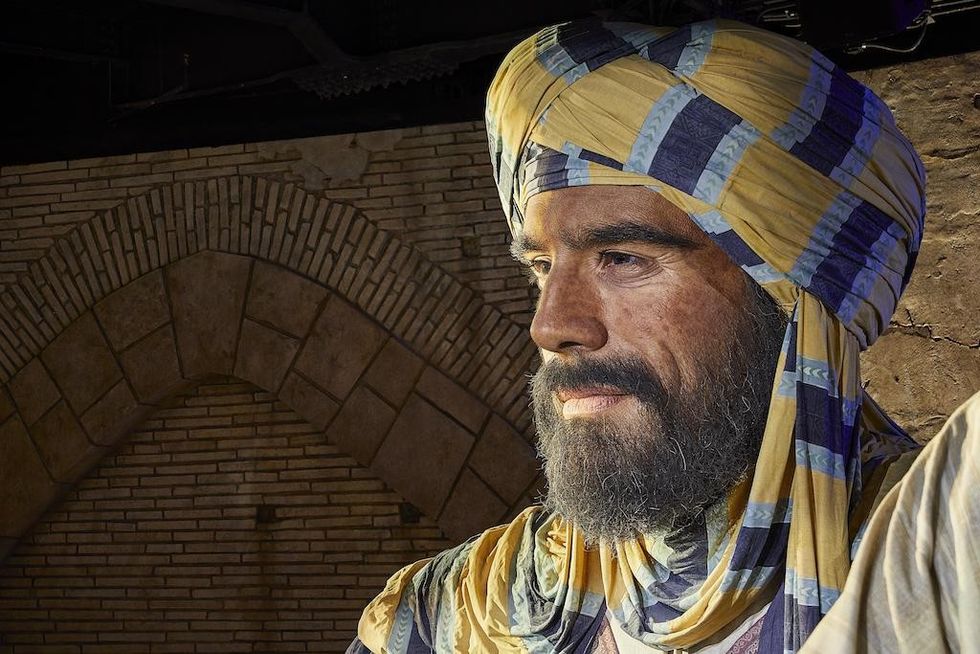The Middle East is home to numerous museums and galleries, including some of the world’s biggest, boldest, and most anticipated attractions. While many of these are in the United Arab Emirates, exceptional heritage sites can be found across the region.
Furthermore, a new generation of museums for the Middle East is being created as part of Saudi Arabia’s giga-projects.
Upcoming openings include the much-awaited Grand Egyptian Museum in Giza. The Contemporary Art Museum and Museum of the Incense Road are expected to open at AlUla in Saudi Arabia in 2027.
Here’s our pick of the region 's best museums, in no particular order.
21.Museum of the Future, Dubai, UAE
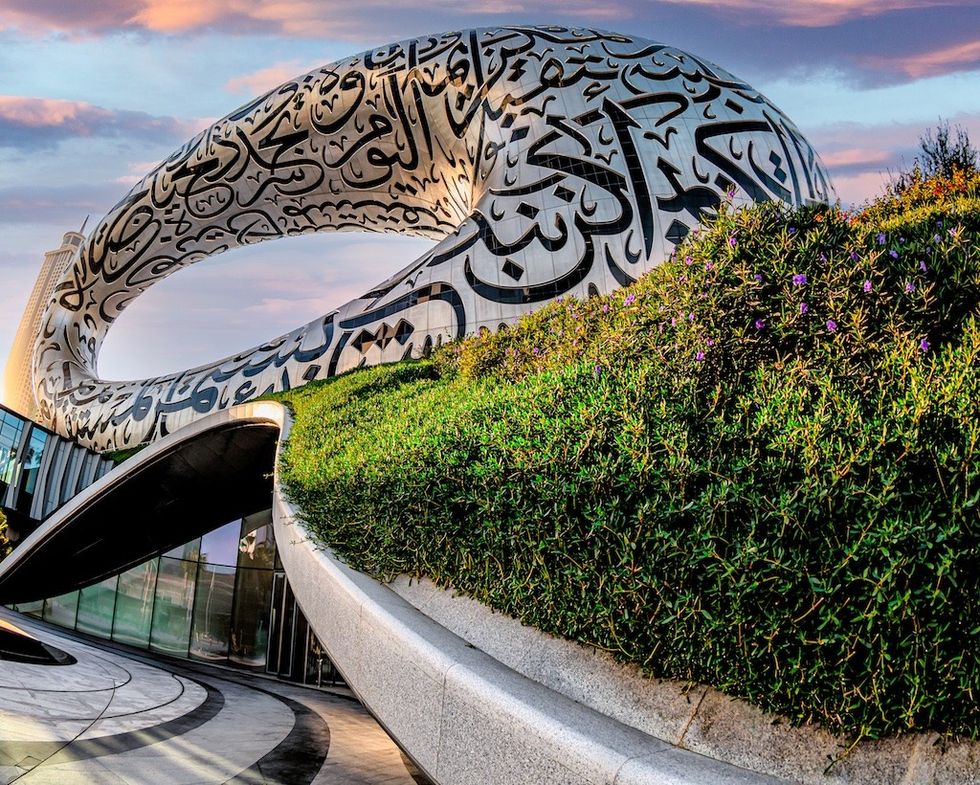
The Museum of the Future in Dubai opened in 2022 and asks visitors to imagine a world 50 years from now. Its unique architecture is home to a series of immersive exhibitions that it says aim to create a hopeful vision of the future.
The multisensory spaces combine science, technology and spirituality in an uplifting and engaging experience. Exhibits have included the award-winning Journey of the Pioneers, which takes visitors on an interactive, narrative-driven journey through a future world.
Lath Carlson, the museum’s executive director, told blooloop: “When they hear ‘Museum of the Future’, a lot of people envision robots, flying cars and shiny gadgets. But that’s not really what we’re about.
“Some of those things are fantastic and creative and innovative. If they address a big challenge like climate change, we want to show them off. Really, though, it is about the storytelling, and how we effectively deploy technology in the service of storytelling.”
In 2023, the museum revealed that it is partnering with Dubai space centre in an announcement from the International Space Station (ISS). The partnership aims to highlight the UAE’s achievements in the space industry.
In August 2025, the museum announced that it has welcomed more than 4 million visitors since opening.
20.Museum of World Cultures, Riyadh, Saudi Arabia
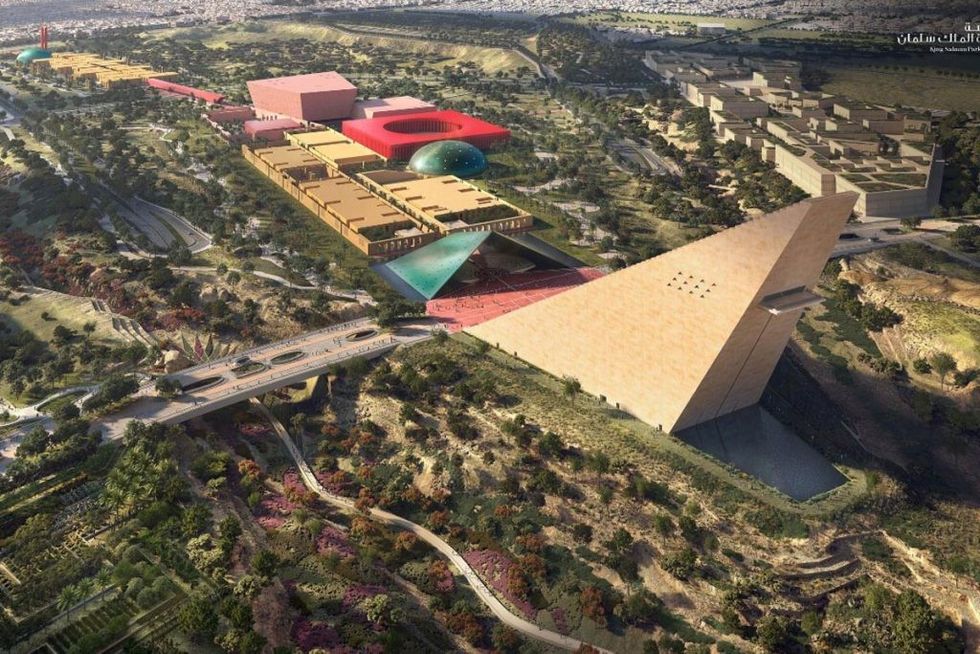
The Museum of World Cultures is part of the Royal Arts Complex, which is set to open in Riyadh in 2026.
This complex will focus on seven distinct cultural areas, each reflecting Vision 2030's aim of inspiring talent and enriching the cultural sector. It will cover more than 500,000 square metres, and in addition to the museum will also feature a 2,300 seat theatre, amphitheatre, specialised library, artist studios, three cinemas, and the Royal Institute of Traditional Arts.
Construction of the Royal Arts Complex, designed by Spanish architect Ricardo Bofill, began in 2022. At 110 metres high, the Museum of World Cultures will be the tallest building in the complex.
In 2024, Hartwig Fischer was announced as the founding director of the Museum of World Cultures. Fischer was previously director of the British Museum.
19.Royal Automobile Museum, Amman, Jordan
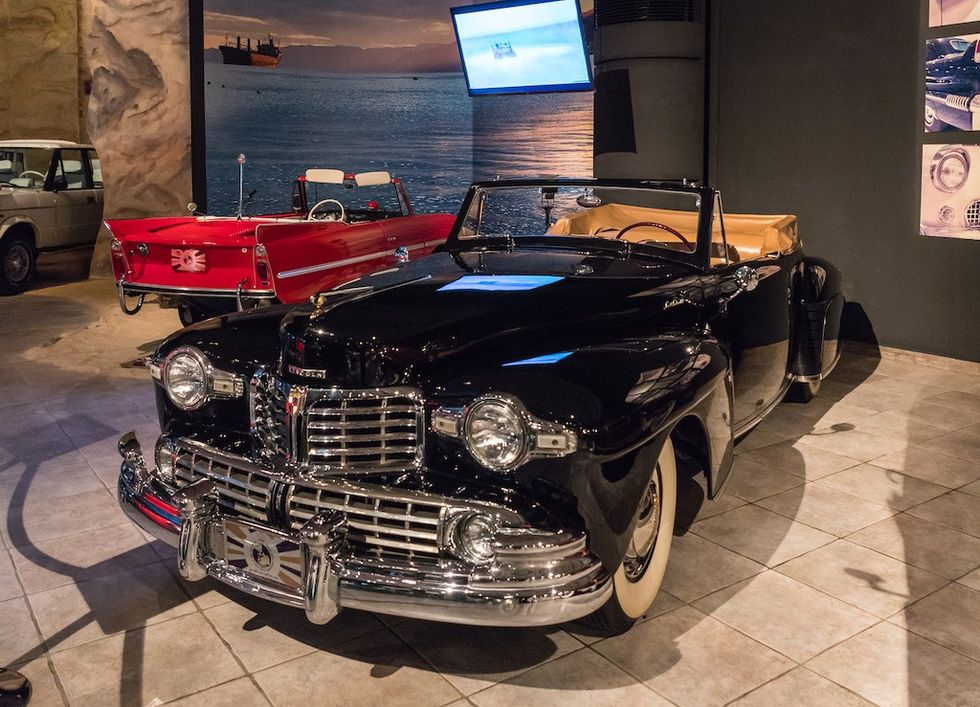
The Royal Automobile Museum in Amman shares key events from Jordan’s modern history, and is a tribute to the late King Hussein, who was known for his passion for cars.
Founded by his son, His Majesty King Abdullah II, the museum opened to visitors in 2003. It was the first museum of its kind in the Arab region.
Visitors can see 80 cars, motorcycles, and other vehicles, accompanied by historical photography, texts, and a multimedia presentation that explores key moments from the late King’s 47-year reign.
The oldest vehicle on display dates from 1909, and exhibits include a Rover P4 75 (the King’s first car), as well as models from Aston Martin, Rolls-Royce, Ferrari, Mercedes-Benz, BMW, DeLorean, Buick, among others.
18.Sheikh Abdullah Al Salem Cultural Centre, Salmiya, Kuwait
Sheikh Abdullah Al Salem Cultural Centre is named after the late leader of Kuwait, Amir Sheikh Abdullah Al Salem. It works to champion the arts and promote Kuwait as a cultural destination.
A fine arts centre and theatre accompany four world-class museums: the Natural History Museum, Science and Technology Museum, Arabic Islamic Science Museum, and Space Museum. Together, these facilities foster innovation and intellectual growth in science, technology, geology, and the environment.
The centre aims to celebrate diverse international cultural achievements. It houses 22 galleries that exhibit over 3,000 objects, and is notable for its extensive partnership network, which spans 13 countries and more than 95 specialist organisations.
17.Louvre Abu Dhabi, UAE
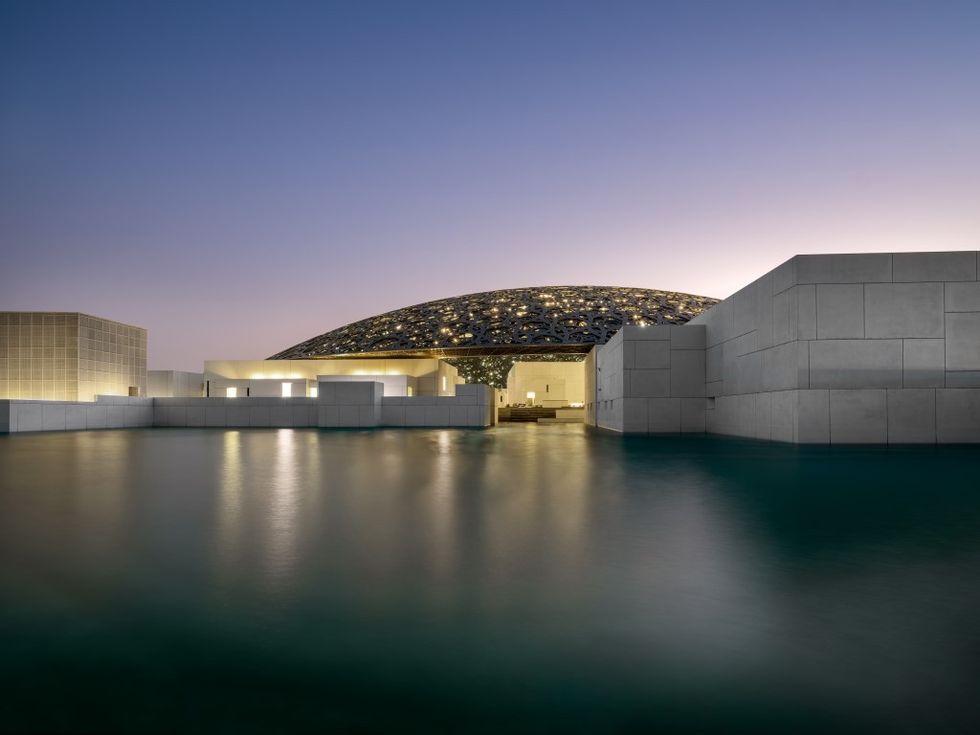
Louvre Abu Dhabi opened in 2017 and has set a precedent for attractions in the district, having welcomed 2 million visitors in its first two years.
The museum is located in the Saadiyat Cultural District. This development is part of Miral ’s portfolio and is home to teamLab Phenomena Abu Dhabi, which opened in April 2025, and the Zayed National Museum, which is set to open in December 2025. A natural history museum and Guggenheim Abu Dhabi are also in development.
Louvre Abu Dhabi was made possible by an agreement between the UAE and French governments in 2007, which French President Emmanuel Macron described as a “decisive turning point” in the country’s partnership with the UAE. This aims to bring together the UAE's vision of cultural advancement and openness with France's authority in the field of art and museums.
The museum was designed by French architect Jean Nouvel and has 12 galleries, temporary exhibition spaces, and a Children’s Museum.
On show are more than 600 pieces from Louvre Abu Dhabi's own collection, which includes works of historical importance such as Virgin and Child by Giovanni Bellini, Untitled I-IX by Cy Twombly, Children Wrestling by Paul Gauguin and a Hand Axe dating from around 500,000 BCE. The institution is applying rigorous criteria to acquire its own collection.
Displays also include loans from leading international institutions, temporary exhibitions created with Louvre Abu Dhabi's French museum partners.
Image credit: Department of Culture and Tourism – Abu Dhabi / Photo Yiorgis Yerolymbos
16.Fire Station, Doha, Qatar
Fire Station is a contemporary art gallery in the centre of Doha. The building dates from 1982, and was originally the headquarters for Qatar's first civil defence authority. In 2014, it was adapted by architect Ibrahim Al-Jaida, who preserved this example of Doha's early-modern architecture, and incorporated original details such as the building’s tower and distinctive honeycomb façade.
Today, the building boasts studios and workshops, a shop and café, and a cinema, in addition to gallery spaces which exhibit work from both international names and artists in residence. Previous shows have included works by Virgil Abloh, Picasso, KAWS and Ai Weiwei.
Furthermore, Fire Station houses one of the Al Markhiya Gallery’s locations. Al Markhiya Gallery is dedicated to promoting Arab art and culture in the region and globally.
15.Borderless Jeddah, Saudi Arabia
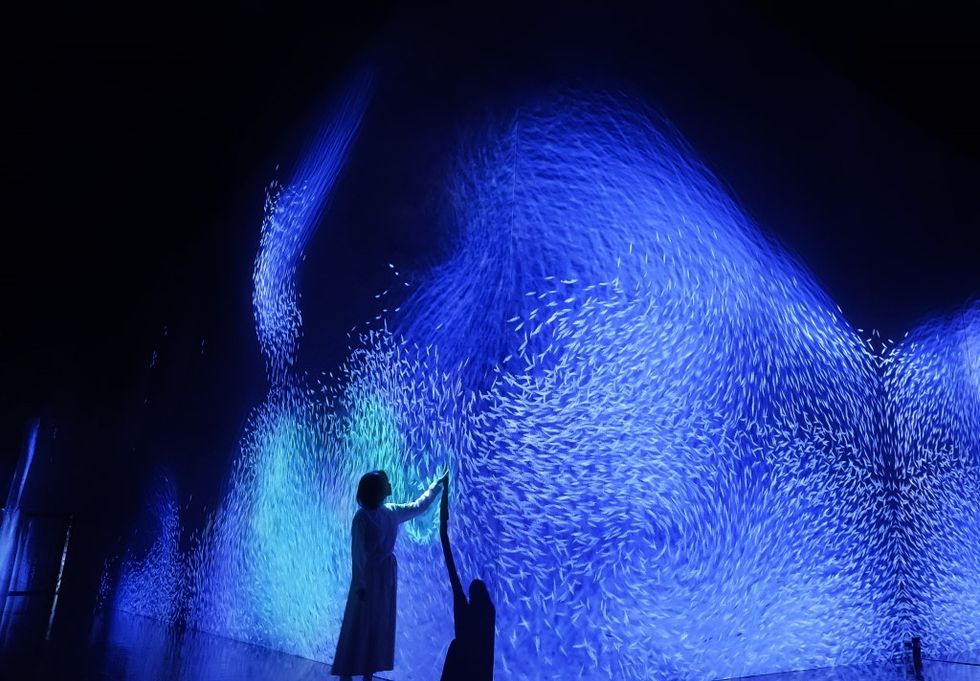
The highly anticipated teamLab Borderless immersive art museum launched in June 2024 in Jeddah Historic District, a UNESCO World Heritage Site.
Developed by internationally renowned art collective teamLab in partnership with the Saudi Ministry of Culture, the museum contributes to the Kingdom’s Vision 2030 goals.
The 10,000-square-metre space presents more than 80 independent artworks that transcend physical borders, interacting with one another and creating a borderless environment. Spaces like Borderless World, Athletics Forest, Future Park, Forest of Lamps, and EN TEA HOUSE encourage guests to ‘wander, explore, and discover.’
Borderless Jeddah was the first teamLab museum to open in the Middle East. It was followed by teamLab Phenomena Abu Dhabi, which opened in April 2025. Situated in the Saadiyat Cultural District, this space was developed in partnership with Abu Dhabi’s culture and tourism department (DCT Abu Dhabi) and Miral.
The Abu Dhabi location explores teamLab’s new concept of environmental phenomena. Here, the environment creates phenomena, which become the works.
Image credit: teamLab, The Way of the Sea: Flying Beyond Borders © teamLab
14.Bahrain National Museum, Manama, Bahrain
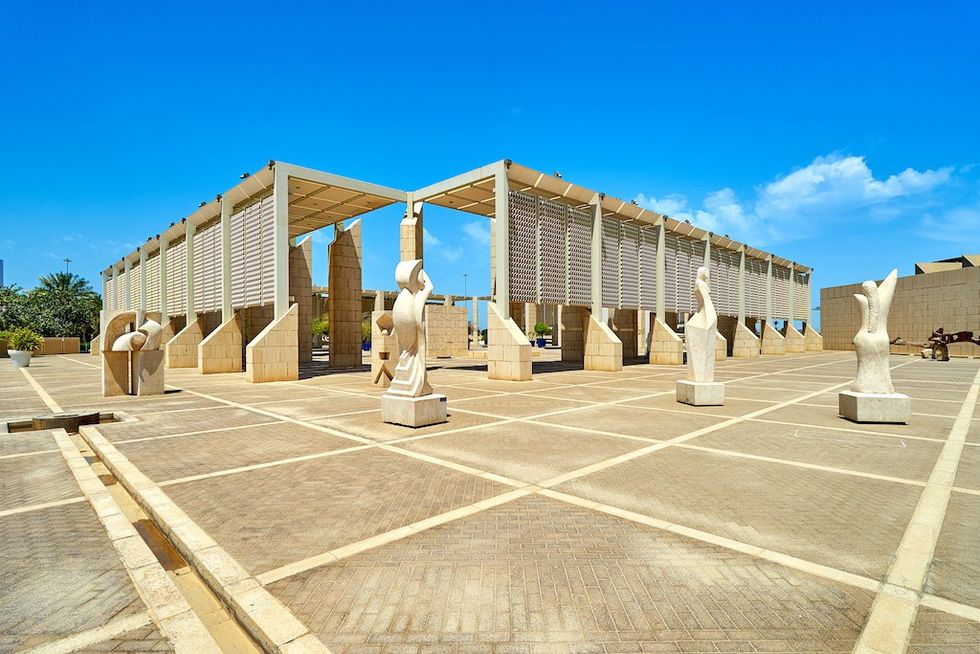
The Bahrain National Museum opened in 1988 and has become one of the island's most significant cultural landmarks.
The building was designed by Gunnar Krohn and Eigil Hartvig Rasmussen of KHR Architecture, one of Denmark’s oldest design studios. The museum stands on a purpose-built artificial peninsula and features two buildings with nine galleries, fronted by a striking white travertine marble façade.
The museum is known as one of the finest of its kind in the Gulf region. Its collection tells the story of Bahrain’s history over 6,000 years.
Exhibits include a reconstruction of the UNESCO World Heritage Dilmun Burial Mounds, an exhibition examining burial traditions from the Dilmun period, fine crafts from the 2nd and 3rd centuries BCE, the country’s pearling heritage, and more.
In 2025, Zayed National Museum and Bahrain National Museum announced a new collaboration that aims to promote the cultural heritage of the UAE and Bahrain.
13.Qala’at Al-Bahrain (Bahrain Fort) Site Museum, Manama, Bahrain
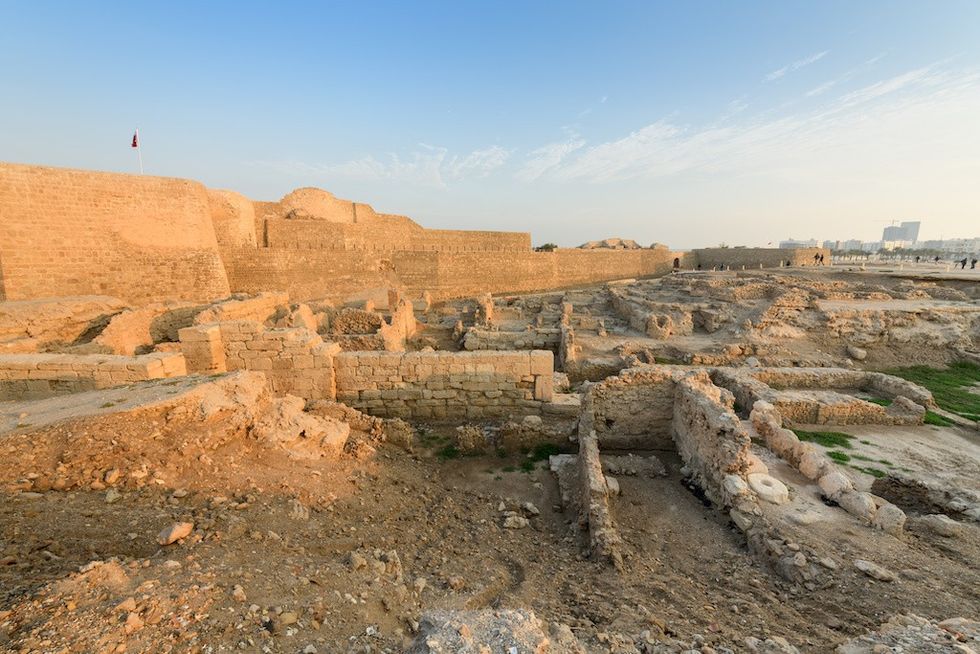
Qala’at Al-Bahrain (Bahrain Fort) Site Museum opened in 2008 and shares the story of the ancient site across five different historical periods. The location is believed to have been occupied since around 2300 BCE.
The fort is part of the Qala'at Al-Bahrain Site, one of the region's most significant historical, political and military fortifications, which was designated a UNESCO World Heritage site in 2007. This location marks the site of the Ancient Harbour and Capital of the Dilmun Empire.
The museum works to conserve the site and the objects found there. Its design highlights key features including a sea tower, thought to be an ancient lighthouse, a 16-hectare archaeological tell (mound), a sea channel and palm groves.
This area of Bahrain has avoided urban development, and the seafront museum is surrounded by beautiful countryside. It features five galleries, as well as café, retail, and education spaces.
12.Etihad Museum, Dubai, UAE
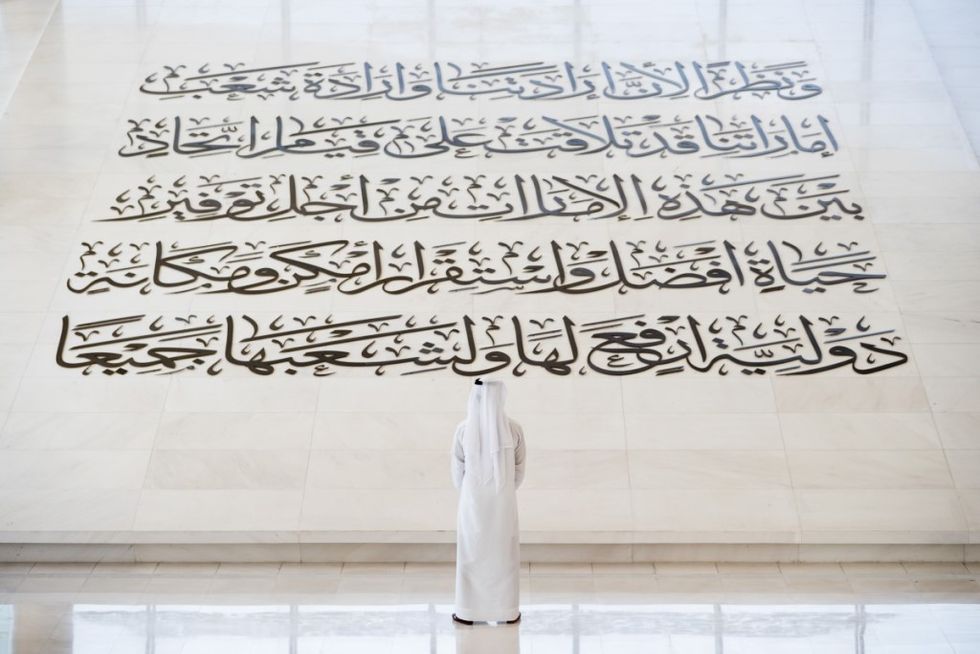
Dubai’s Etihad Museum tells the story of the founding of the UAE in 1971, and aims to inform visitors about the UAE's constitution. Specifically, the rights, privileges and responsibilities it grants its citizens.The museum building incorporates the site where the UAE was founded.
Guests move through a series of pavilions and explore the events leading to the unification. Immersive and interactive exhibitions include the Dreams of Unity gallery, which features film, special effects and an expressive soundscape; a 3D hologram display in the Seeds of Unity gallery; the gilded gallery dedicated to The Constitution, and more.
Its façade was designed by Moriyama and Teshima Architects, Canada, and resembles a manuscript. This is inspired by the Unification Agreement, and is accompanied by seven leaning pillars that represent the seven pens that signed the constitution's declaration.
11.Sharjah Art Foundation, Sharjah, UAE
Sharjah Art Foundation was established in 2009. It builds on the success of the Sharjah Biennial, which began in 1993 and is the UAE’s longest-running contemporary art event.
Led by president and director Hoor Al Qasimi and vice president Nawar Al Qassimi, the foundation works to present a varied range of contemporary art and cultural programmes to audiences in Sharjah, the UAE, and the region.
The programme includes work by Arab and international artists, performances, music, film screenings, artist talks, and educational events for children, adults, and families.
Additionally, the foundation promotes the preservation of historical sites in the city and the conversion of these sites into spaces that foster and accelerate cultural and artistic ideas. These spaces have been used for Sharjah Biennials and exhibitions, as well as studios and educational offerings.
The foundation is exploring ways to roll out this model across the Emirate.
10.Grand Egyptian Museum, Giza, Egypt
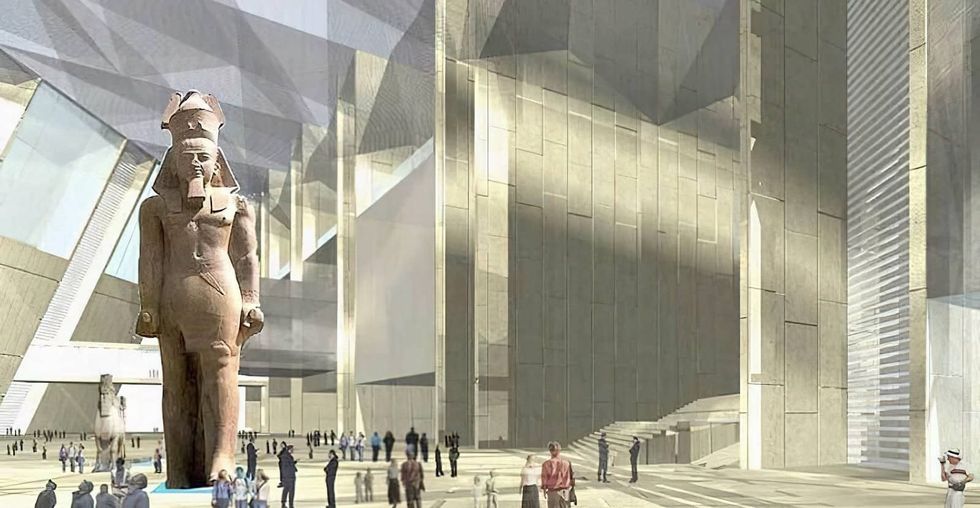
The Grand Egyptian Museum in Giza is set to be the world’s largest museum dedicated to a single civilisation and will explore around 3,000 years of Ancient Egyptian history.
The project has been in development for several years and was initially slated to open in 2011. However, due to a number of challenges, including the COVID-19 pandemic and regional tension, this launch date has been pushed back multiple times.
The museum soft opened to the public in October 2024, with visitors able to see the main hall and 12 completed galleries.
The development forms part of the Giza 2030 master plan, which seeks to support tourism at the destination and includes new infrastructure, such as a new metro line from the capital.
The Grand Egyptian Museum is situated approximately 2km from the Giza Pyramid complex and spans 500,000 square metres, with a glass wall that offers views of the pyramids. It is set to show 100,000 objects, many of which are coming from the Egyptian Museum in Cairo. This will remain open once the new museum launches and will benefit from increased space for selected displays.
The centrepiece of the museum will be the Tutankhamun collection, with a dedicated 7,000-square-metre exhibition hall displaying all 5,600 pieces discovered in his tomb, shown together for the first time.
Image credit: Balkis Press/ABACAPRESS.COM
9.Sheikh Faisal Bin Qassim Al Thani Museum, Al Samriya, Qatar
Sheikh Faisal Bin Qassim Al Thani Museum (FBQ Museum) shares the private collectionof Sheikh Faisal Bin Qassim Al Thani, a prodigious collector who is among the wealthiest people in the Middle East.
As one of the largest private collections in the world, it reflects Sheikh Faisal’s interests, perspective, and travels through 30,000 objects and artefacts.
The diverse and curious collection spans the Jurassic period to the present day and covers 12 themes, such as Islamic art, Qatari heritage, cars, jewellery, currency, swords, and weapons.
The museum was established in 1998, and is located in a purpose-built, traditional building that sets it apart from Qatar’s contemporary landscape. Inside, visitors can find a fully furnished, recreated traditional Syrian home as well as two model Qatari homes.
In 2010, the Ministry of Arts, Culture, and Heritage designated the museum as one of Qatar's cultural landmarks as part of the 'Qatar Capital of Culture' programme.
8.Oman Across Ages, Manah, Oman
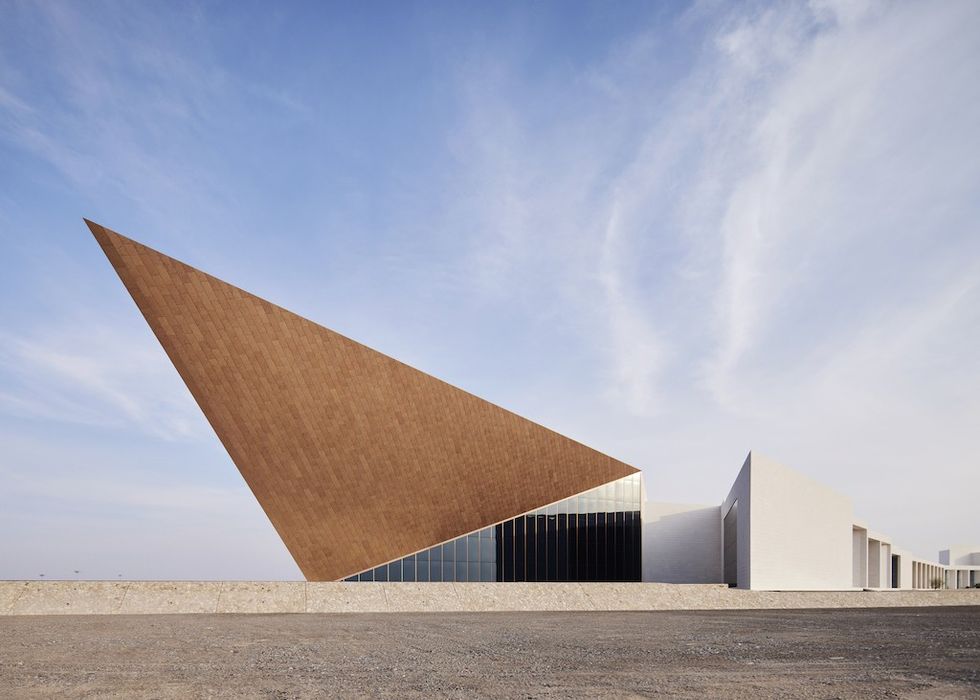
Oman Across Ages opened in 2023 in the historical province of Manah, in northeastern Oman.
The museum tells the story of the Sultanate of Oman, from its geographic pre-history through its 1970s Renaissance to the present day and into the future.
The enormous museum site is made possible by its desert location. It features an auditorium, permanent and temporary exhibition halls, a large garden, and dining options, plus an extensive library named the Knowledge Centre.
Eng. Al Yaqdhan bin Abdullah Al Harthi, director general of the Oman Across Ages Museum, told blooloop:
“We have an art piece, for instance, that is a reconstruction of a Magan ship. This is made of reed bundles painted with tar, with ropes of palm fibres and woollen sails, and is ten metres high.
“Everything is huge. The exhibition is, essentially, one open space. It is divided into many pavilions, but as an architectural piece, it’s one 10,000 square metre space.”
Oman Across Ages is predominantly an audiovisual museum and was named by CNN as one of the world’s five Future Museums.
“It’s aimed at everybody,” continued Al Harthi. “Our main target is young people. Their language is technology, so we have given them the history of our country through AV and interactive technology. We have had more than 350,000 visitors within nine months. This is an amazing number when you consider our business plan talked about reaching 200,000 in a year. Our peak was 11,800 visitors in one day.”
Designed by COX Architecture, the museum received the Special Prize for Exterior at the 2024 Prix Versailles and the 2025 International Chapter Award for Public Architecture. Museum Studio worked on the masterplanning and exhibition/interpretive design.
7.Msheireb Museums, Doha, Qatar
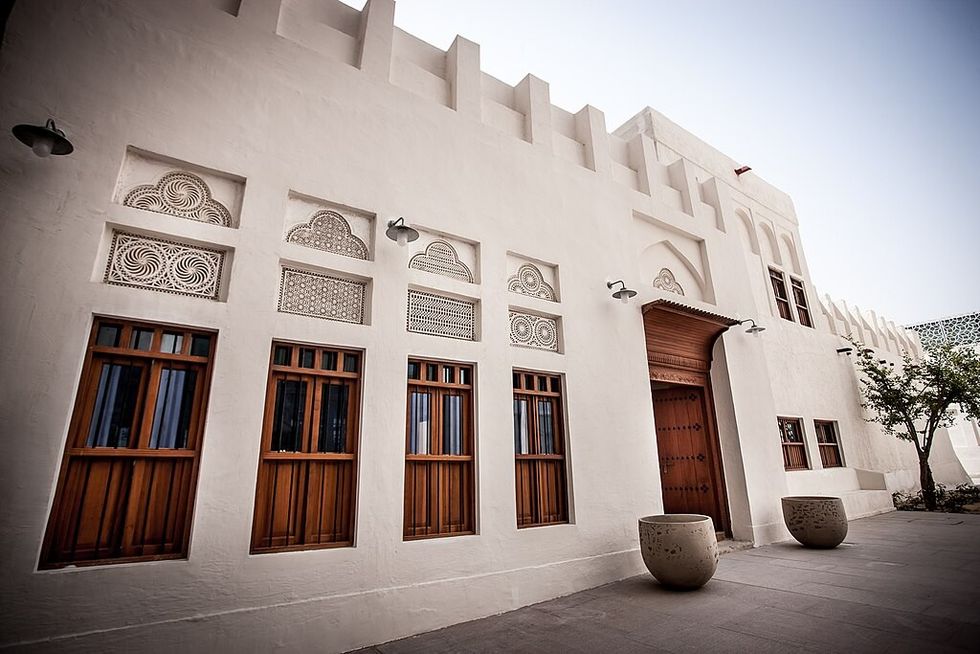
Msheireb Museums honours the history of four historic heritage houses, located in the oldest part of Qatar’s capital.
The houses have been restored to create a series of world-class museums that reflect on the traditional community-based lifestyle of the old commercial centre, and shine a light on unique aspects of Qatar’s cultural and social history.
Consisting of Bin Jelmood House, Company House, Mohammed Bin Jassim House, and Radwani House, the museumsdiscuss themes of human exploitation, Doha’s history and architectural heritage, the pioneering Qatari petroleum industry, and traditional Qatari family life.
Msheireb Museums are a key component of the Msheireb Downtown Doha development. This sustainable project features a wide range of cutting-edge living, working and entertainment spaces, such as Quest, Qatar’s first indoor theme park.
Image credit: Ruba Shisha, CC BY-SA 4.0, via Wikimedia Commons
6.Manial Palace Museum, Cairo, Egypt
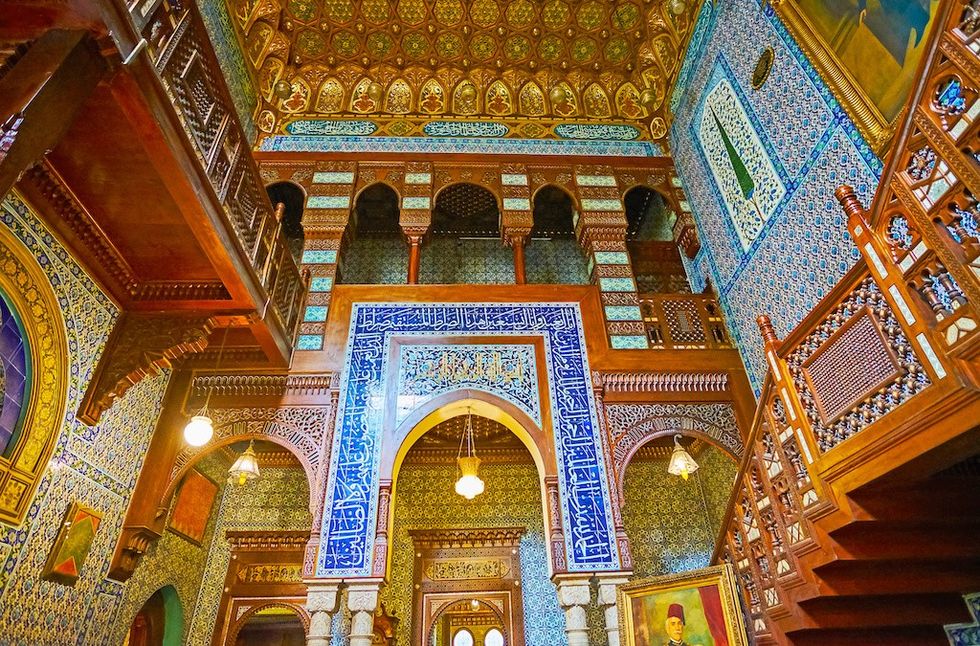
The Manial Palace was built between 1900 and 1929 and represents a significant period in modern Egyptian history and architecture.
As the summer residence of Prince MuhammadAli Tawfik, son of Khedive Tewfik I, who ruled Egypt and Sudan from 1879 to 1892, the palace is one of the biggest private residences in Cairo, and one of Egypt's most beautiful and important historical sites.
The museum features a luxurious reception area, clock tower, Sabil, mosque, hunting museum, living quarters, glittering throne hall, private museum, gardens, and golden hall.
Its modern Islamic style draws from numerous architectural styles and combines Persian and Mamluk features with inspiration from Syrian, Moroccan, Andalusian motifs, and Ottoman design.
5.Mathaf: Arab Museum of Modern Art, Doha, Qatar
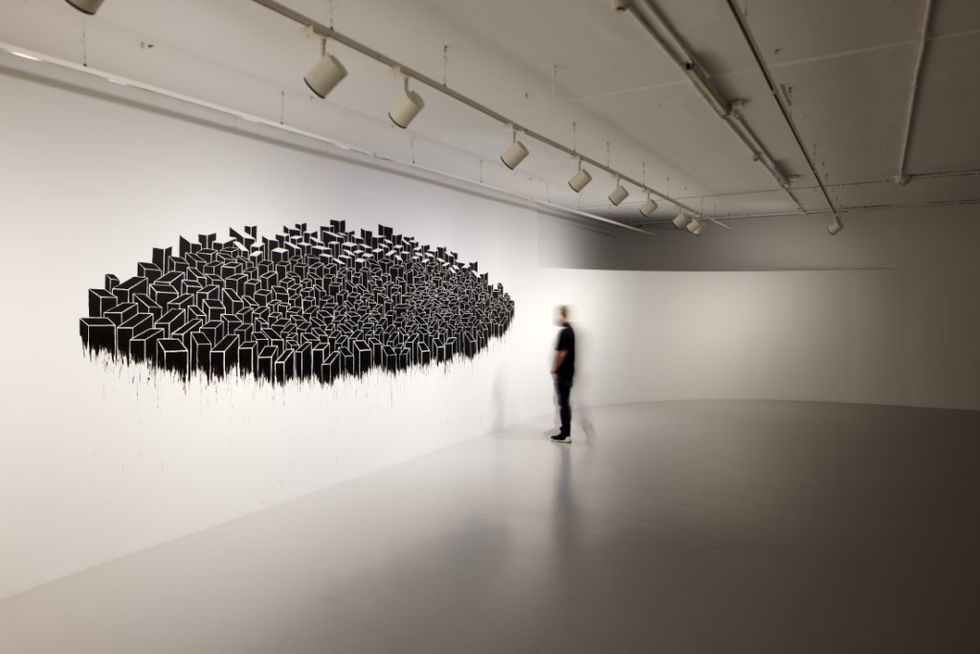
Mathaf: Arab Museum of Modern Art is regarded as the leading modern and contemporary art museum in the Arab world.
Its collection was founded by H.E. Sheikh Hassan bin Mohammed bin Ali Al Thani in the 1980s. It is now the largest specialised collection of its kind in the world, and includes over 9,000 works from the Arab World, the Middle East and wider geographies of Africa, Asia and Europe that are historically connected to Qatar and the Arab Peninsula.
The museum in Education City, Doha, launched in 2010 and showcases displays from this collection. Led by director Zeina Arida, it also hosts solo and group exhibitions by artists from the region and offers an artist-in-residency scheme. The museum's extensive education programme has made major contributions to the scholarship and debate surrounding modern and contemporary art.
Image credit: David Lavene
4.AlUla, Saudi Arabia
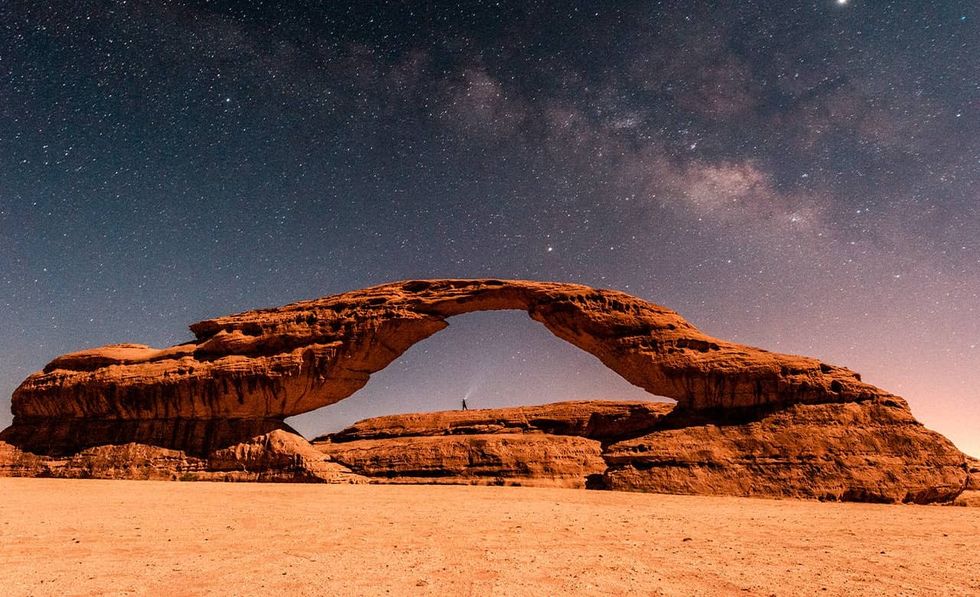
AlUla is set to be the world’s largest living museum.
In 2020, Saudi Arabia announced plans to develop the site, which is close to the Kingdom’s first UNESCO World Heritage Site, Hegra.
Under these plans, AlUla will become a major heritage, cultural, arts, and adventure tourism destination as part of Saudi Vision 2030.
The $15 billion development is being created by the Royal Commission for AlUla (RCU) alongside Afalula, the French government agency for the project, and will be phased over three stages in 2023, 2030, and 2035.
The masterplan includes five unique districts, five heritage sites, fifteen cultural assets, and ten million square metres of green space.
In 2023, AlUla announced that architects Lina Ghotmeh and Asif Khan have been selected by RCU to design the first two museums for the site.
Khan will design the museum of the ‘incense road’, and Ghotmeh will create a new contemporary art museum, in a partnership between RCU and Centre Pompidou in Paris.
Additionally, AlUla is working in partnership with the Smithsonian zoo to protect the critically endangered Arabian leopard, and has entered into various cultural partnerships with the UK government.
3.National Museum of Qatar, Doha, Qatar
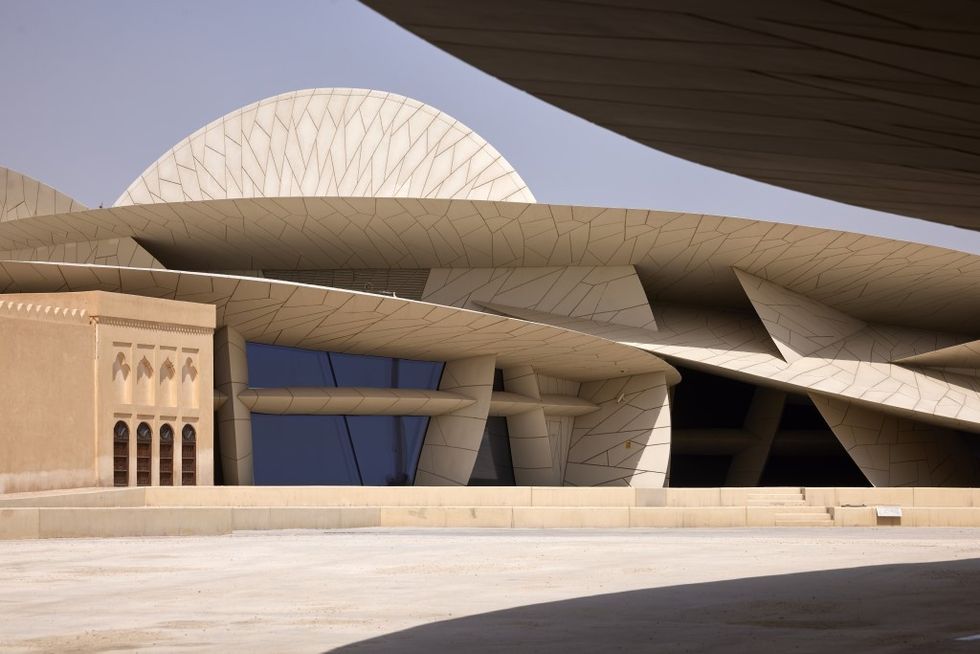
The National Museum of Qatar (NMoQ) in Doha debuted in 2019, and its star-studded opening ceremony was attended by Victoria Beckham, Johnny Depp, Jose Mourinho, Naomi Campbell and Luke Evans, among other celebrities.
Like the Louvre Abu Dhabi, the museum was designed by Pritzker Prize-winning architect Jean Nouvel. Nouvel envisioned a futuristic, free-form building that resembles a giant desert rose. The rose’s petals serve as walls within the space, encouraging fluid exploration of its exhibits. The contemporary building also houses the historic Palace of Sheikh Abdullah bin Jassim Al Thani.
NMoQ presents a thematic and chronological series of galleries that guide visitors on a 1.5-kilometre journey through immersive, multisensory spaces that offer multiple perspectives. Commissioned films and artworks, storytelling, objects, and music share the country's heritage and culture, blending extensive research with the oral histories of the people of Qatar.
Image credit: David Levene
2.Museum of Islamic Art, Doha, Qatar
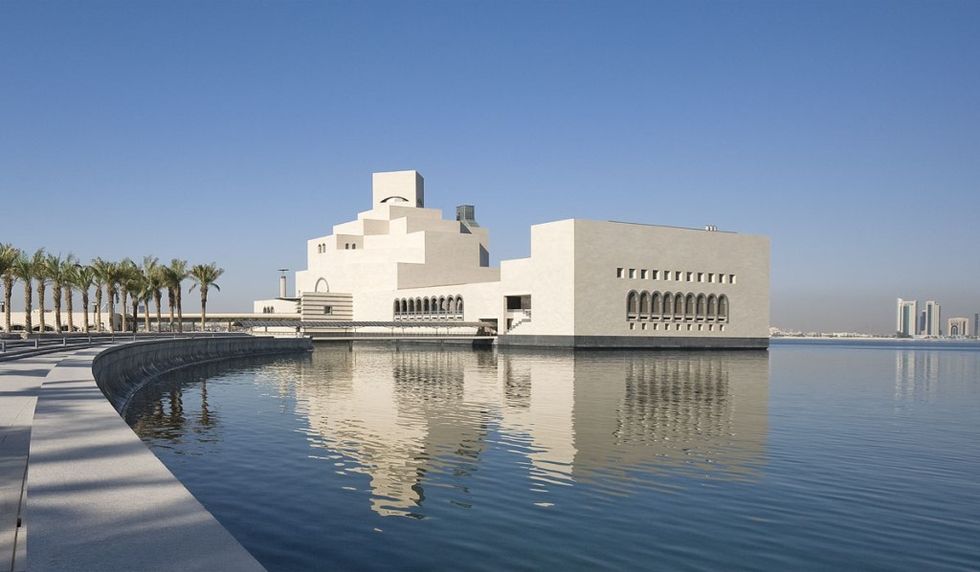
The Museum of Islamic Art (MIA) in Doha, Qatar, shows one of the most extensive collections of Islamic art world, arranged across 18 gallery spaces.
The museum was established in 2008 by Qatar Museums, which holds a portfolio of attractions across the country. Itreopened to visitors in 2022 following a ten-month refurbishment of its gallery spaces in collaboration with Wilmotte & Associés. The project enabled over 1,000 objects to be displayed for the first time and enhanced interpretation with mobile and family-friendly resources.
Also in 2022, Qatar Museums announced plans for three further institutions.
MIA was designed by internationally acclaimed architect I.M. Pei, who is renowned for the iconic pyramid at the Louvre in Paris. Its dramatic architecture combines tradition, state-of-the-art innovation, and a spectacular location on the Corniche waterfront. Inside, the collection displays are complemented by geometric patterns and panoramic views across the bay.
The collection spans manuscripts and textiles, precious stones and ceramics. Exhibits reflect a broad spectrum of Islamic art over 1,400 years and three continents, including secular and religious artworks.
The top floor is home to IDAM, Alain Ducasse ’s inaugural restaurant in the Middle East, featuring interior design by Phillipe Starck.


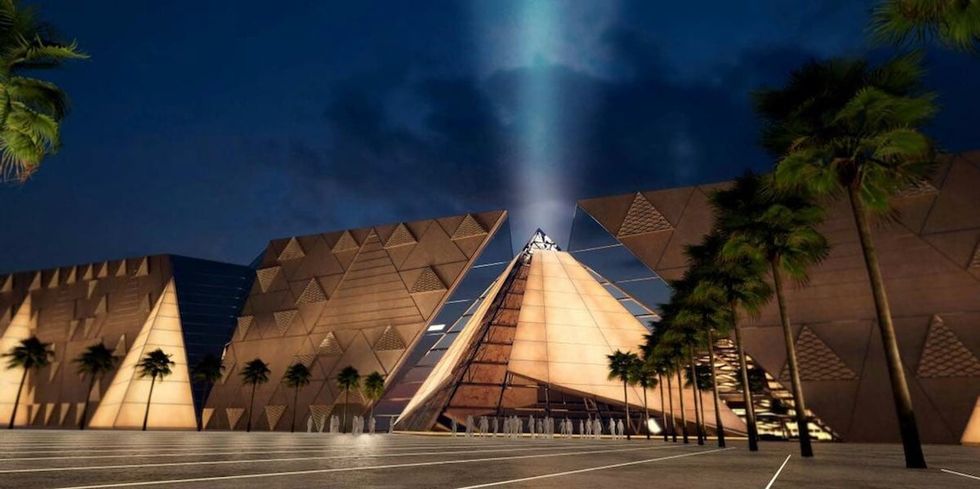

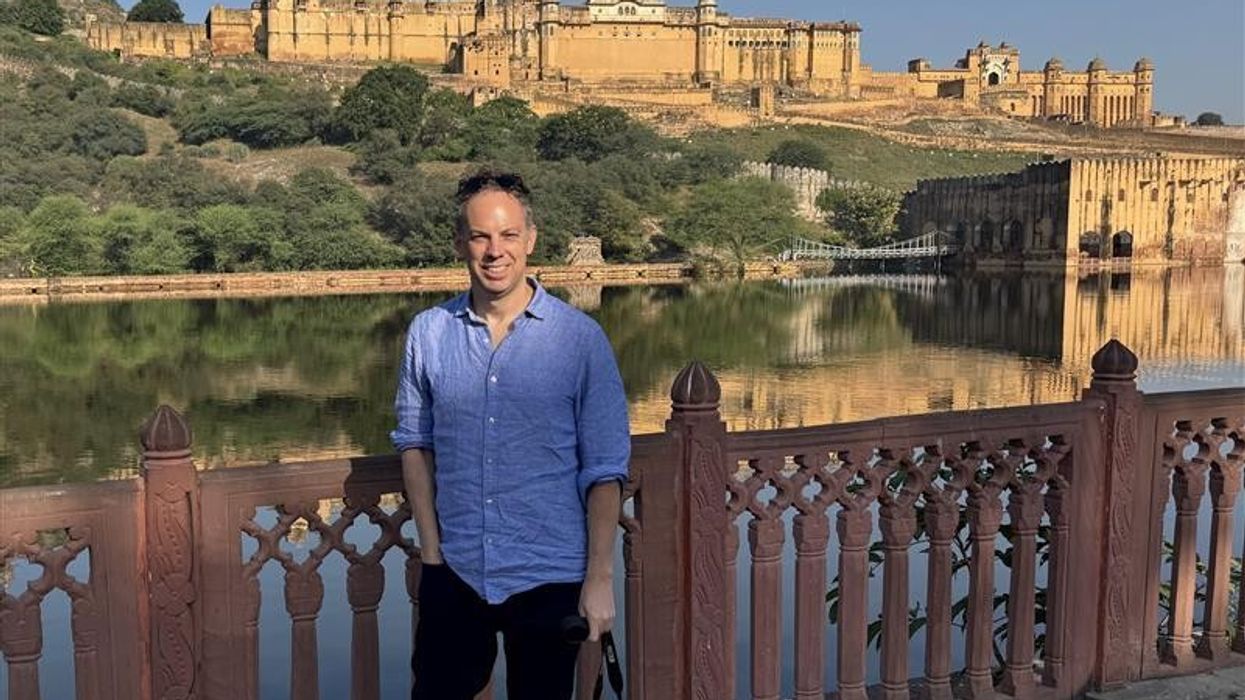
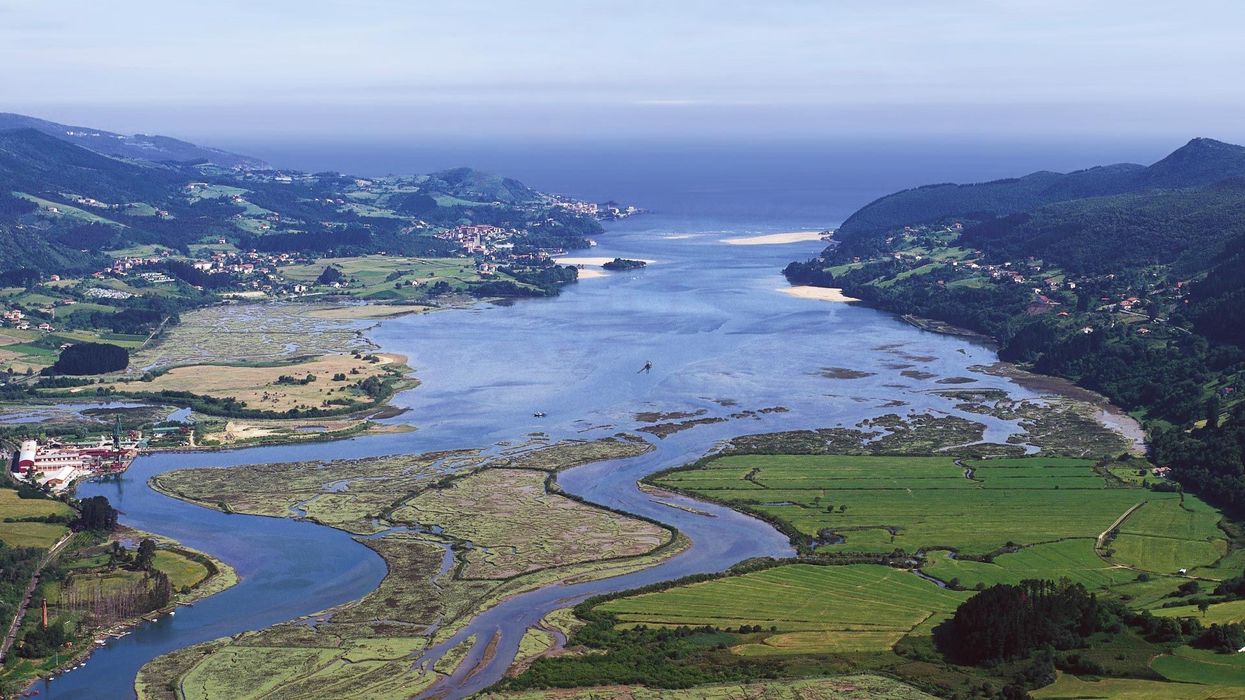
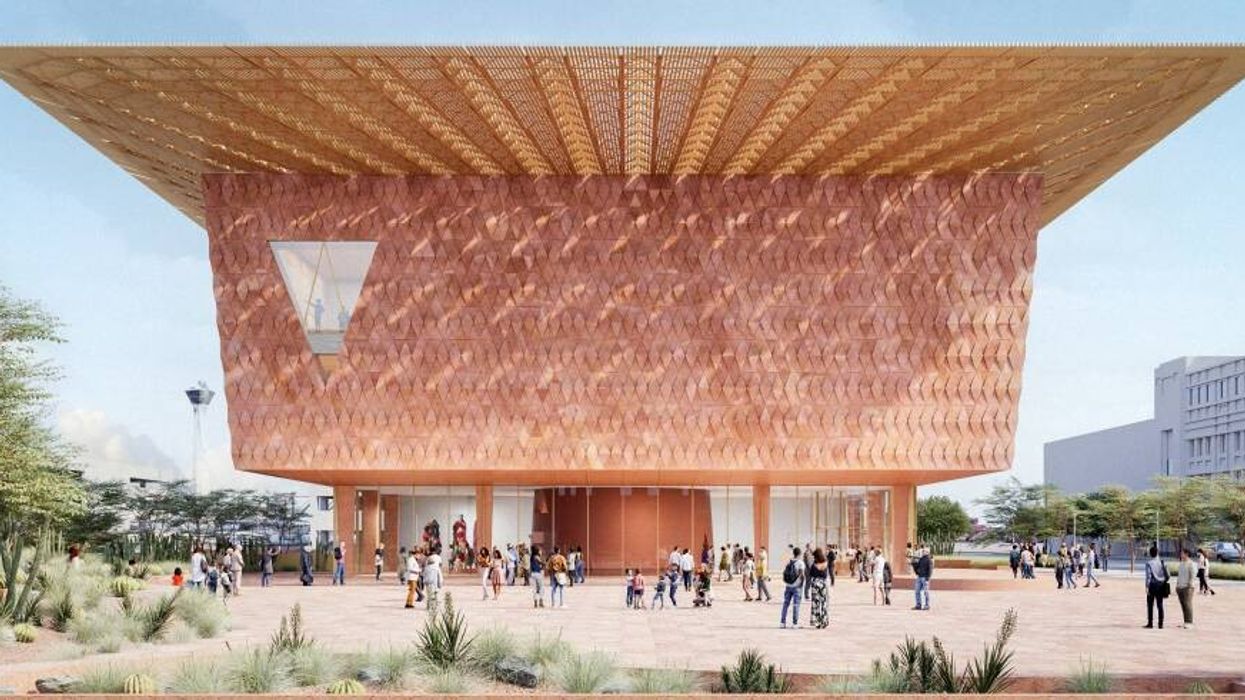
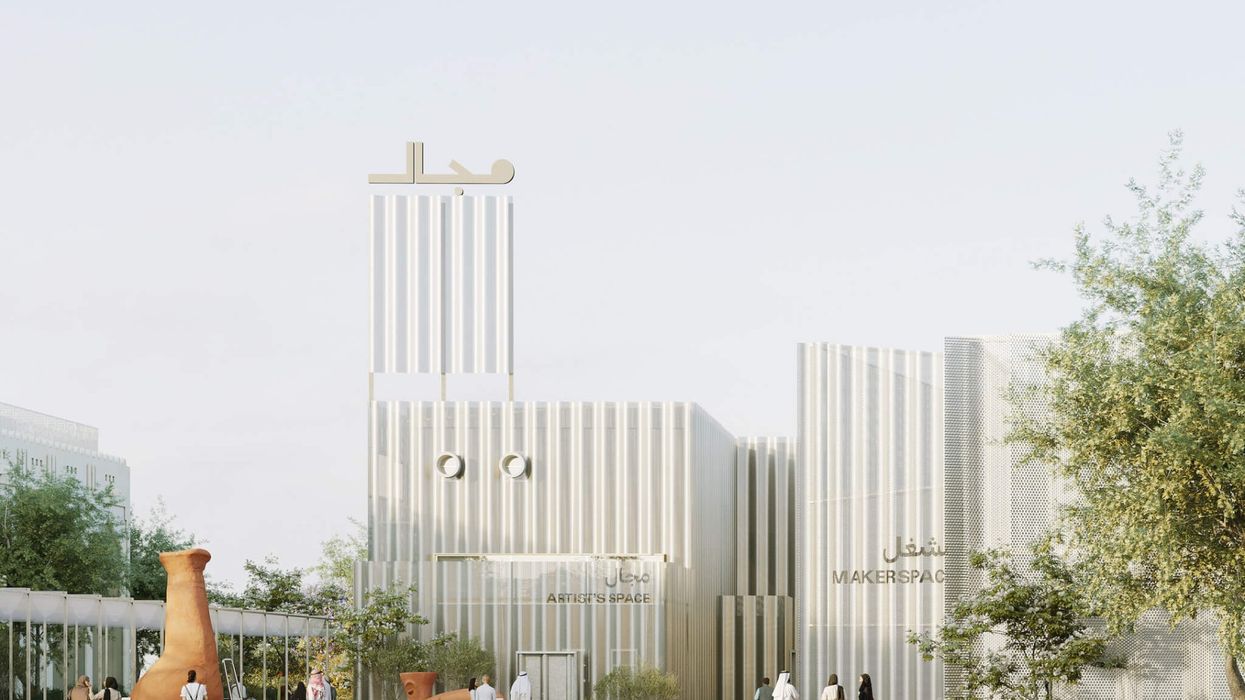
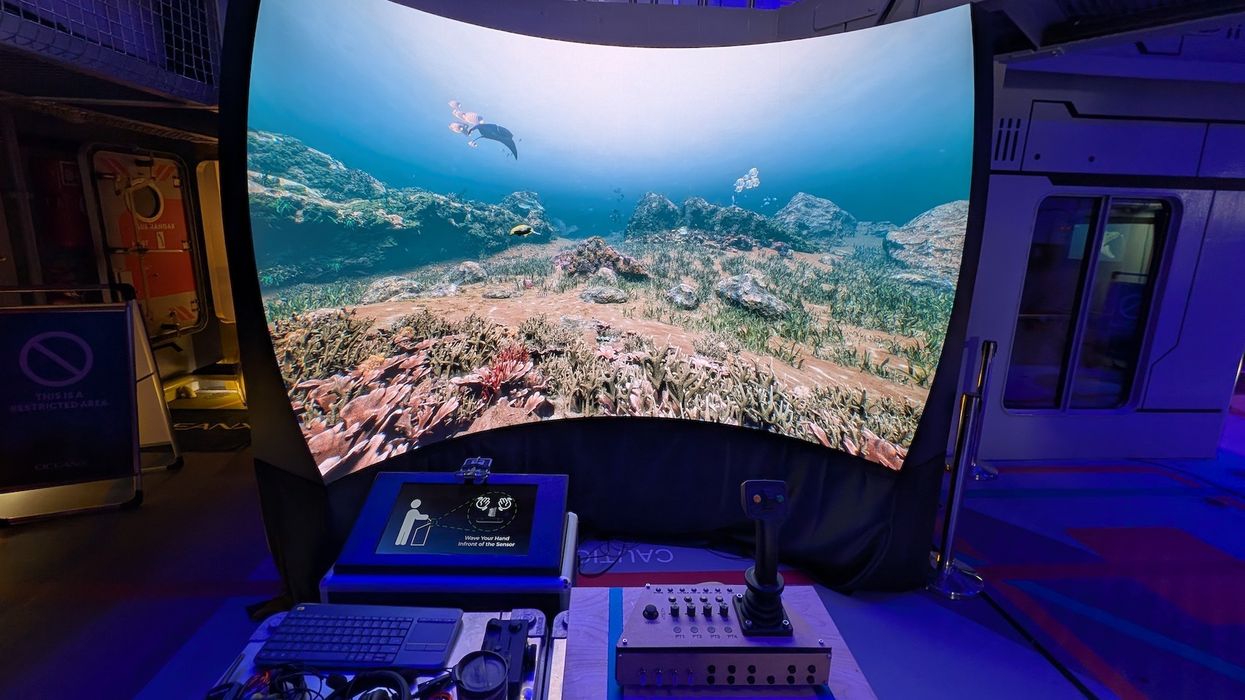
 TM Lim and Adam Wales
TM Lim and Adam Wales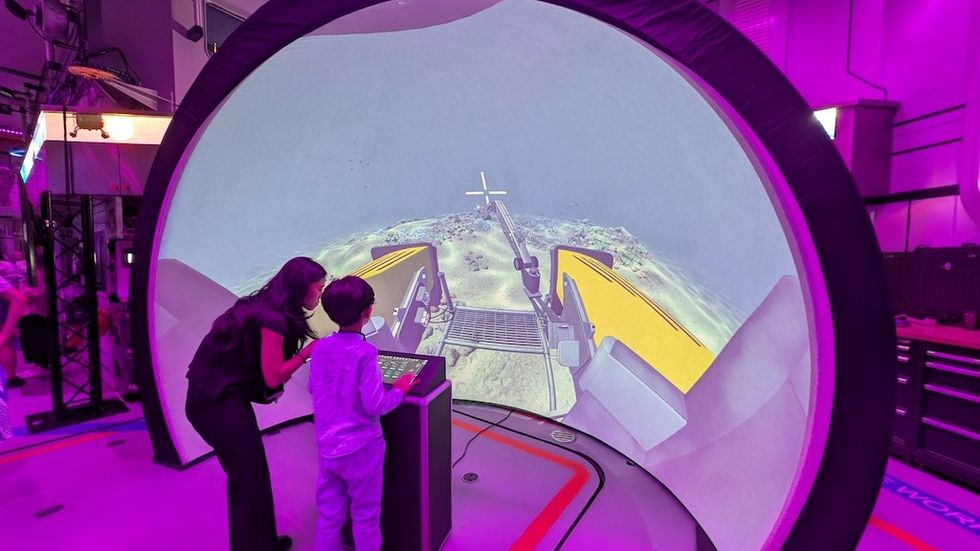
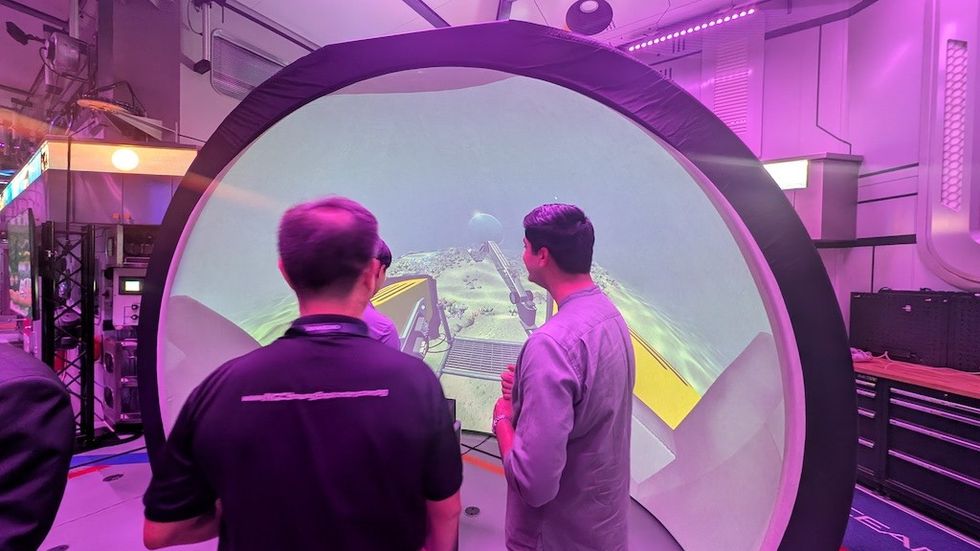
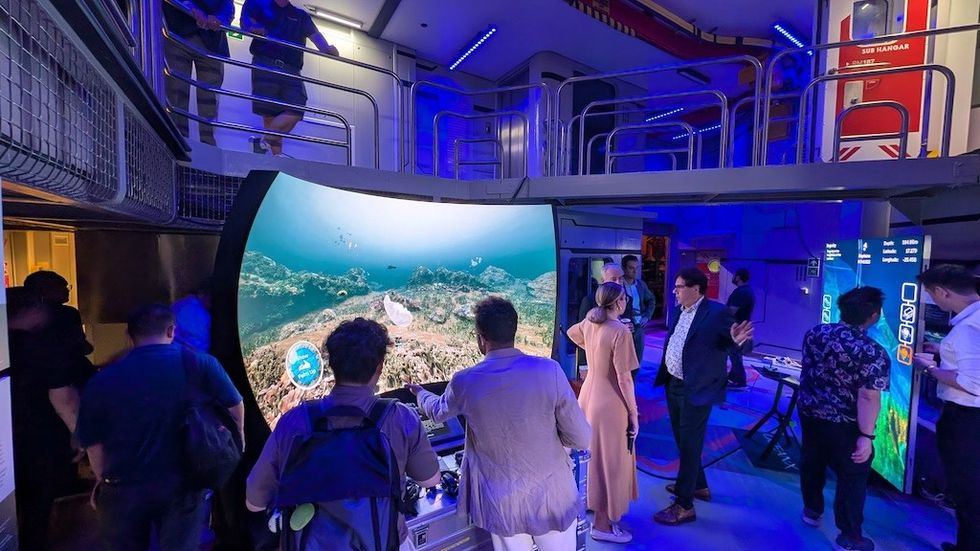

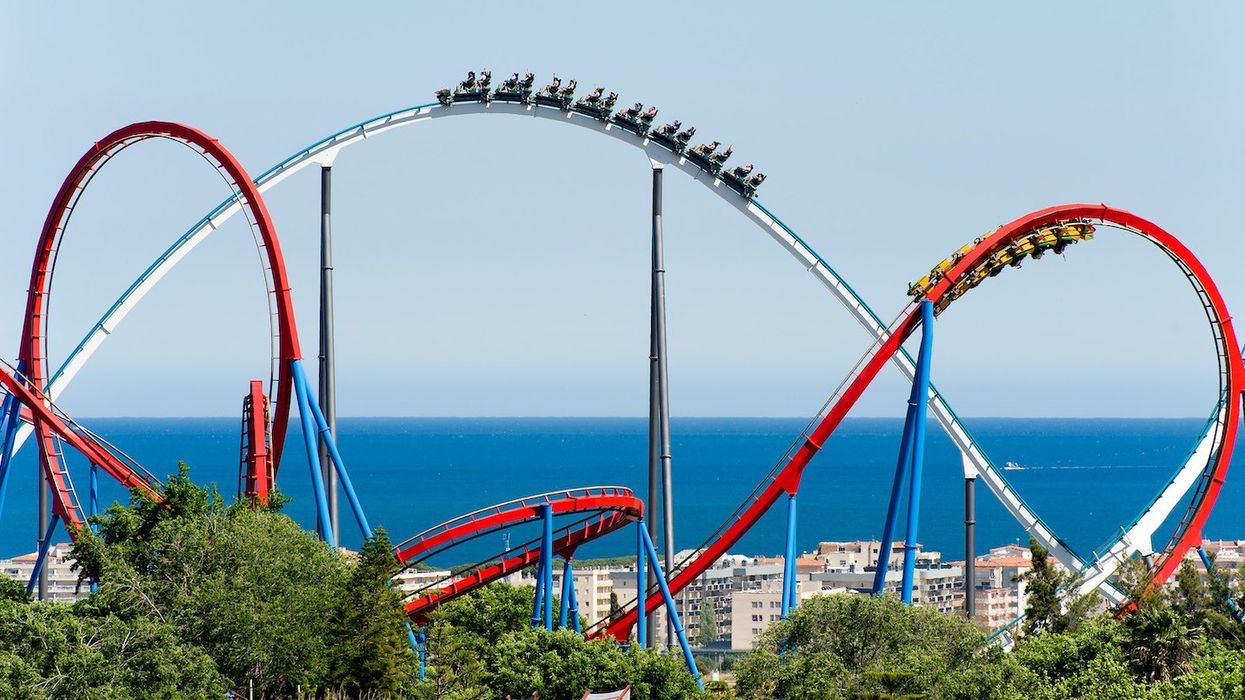
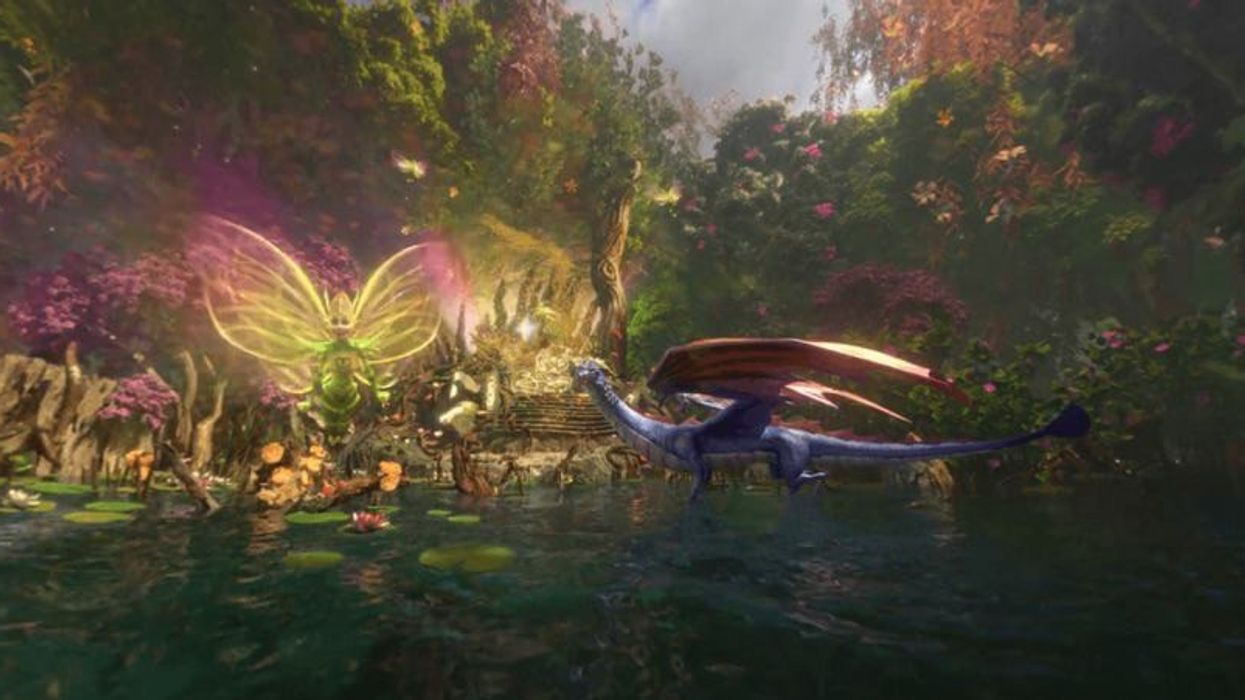
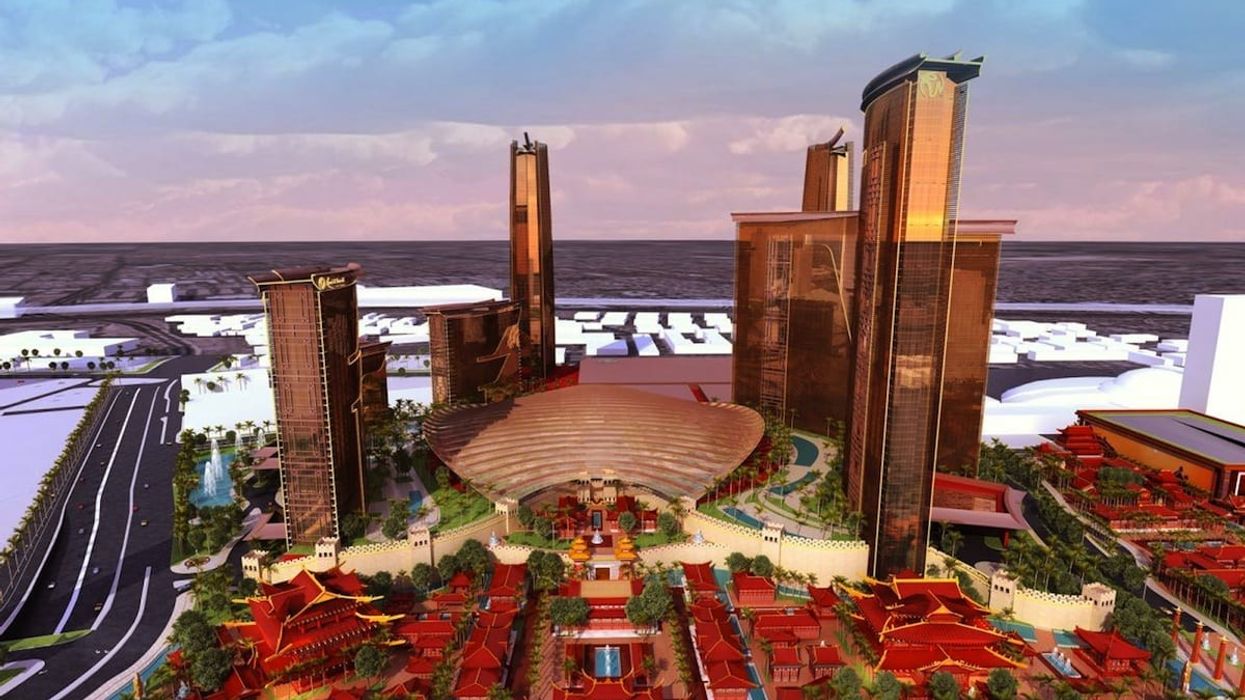
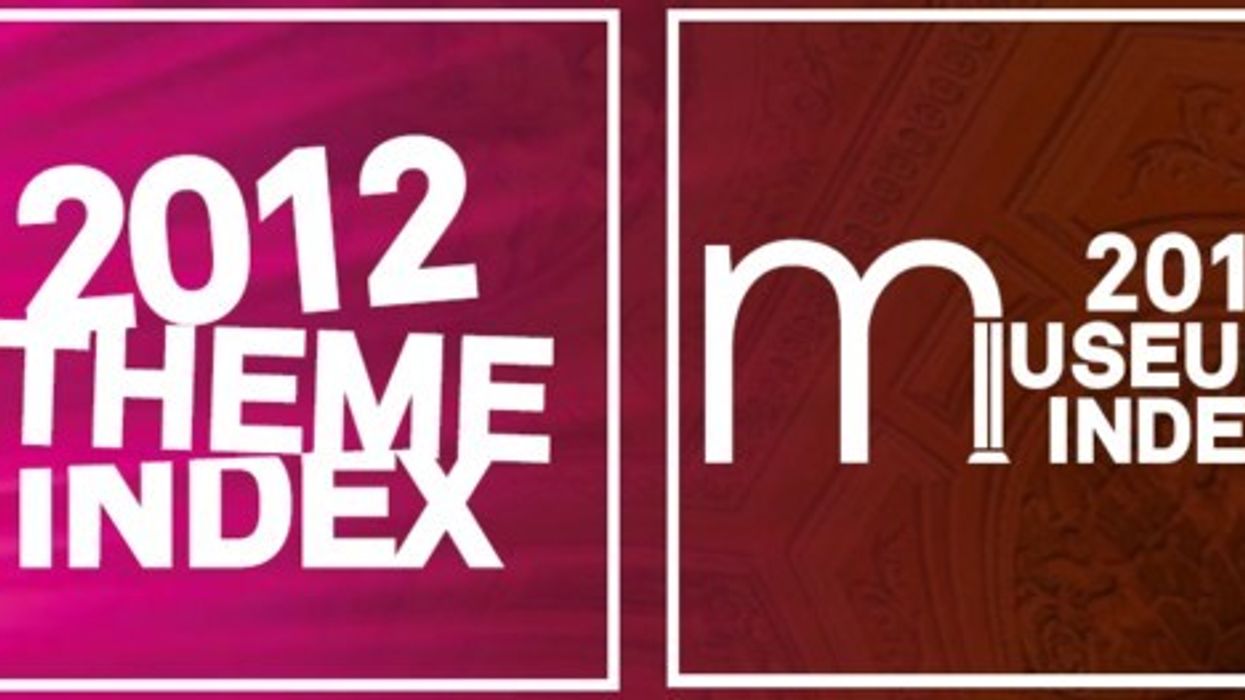
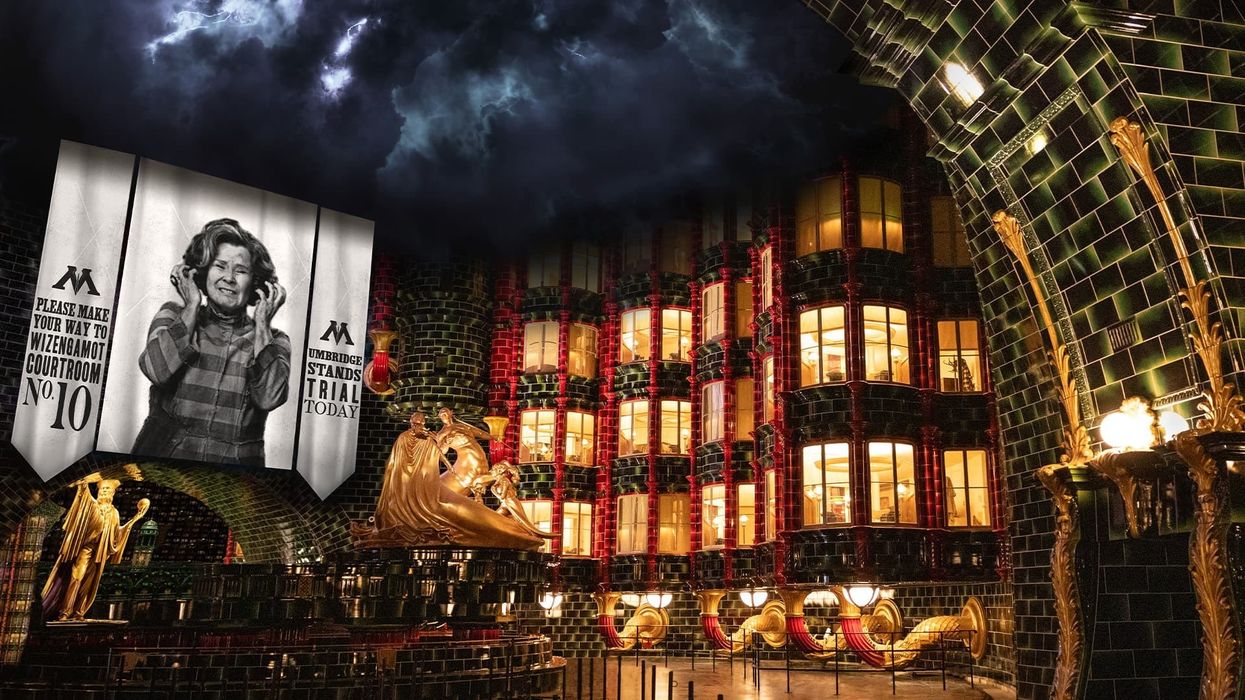
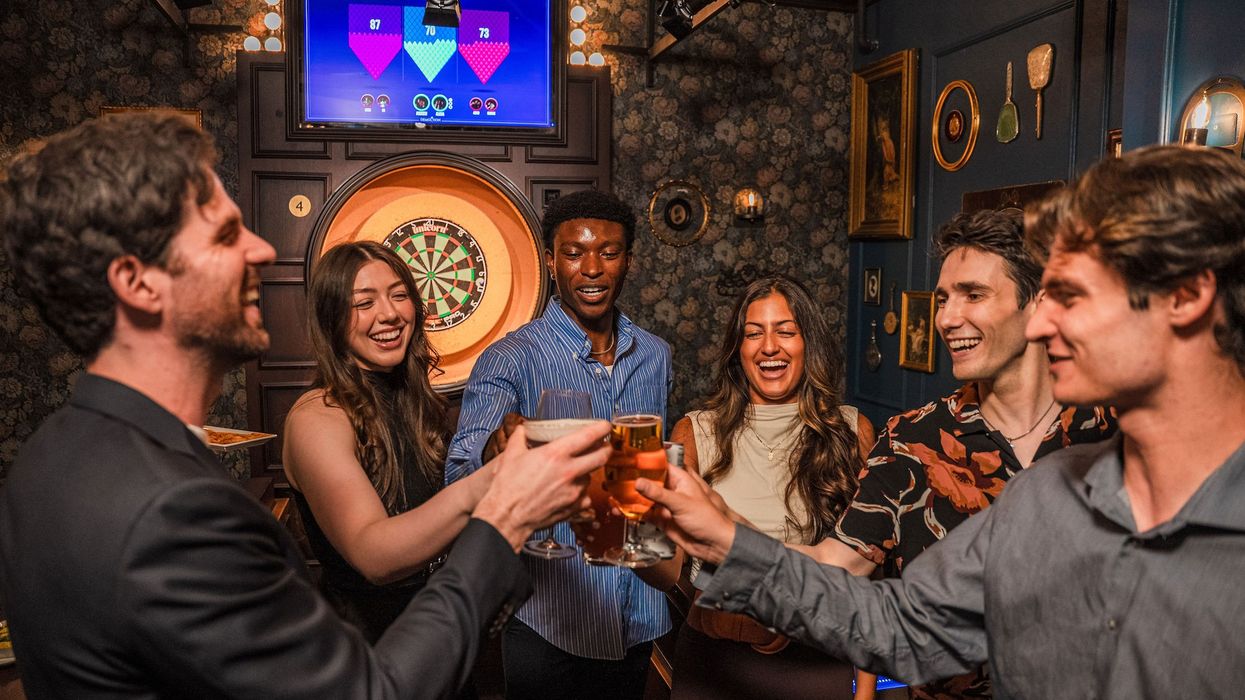
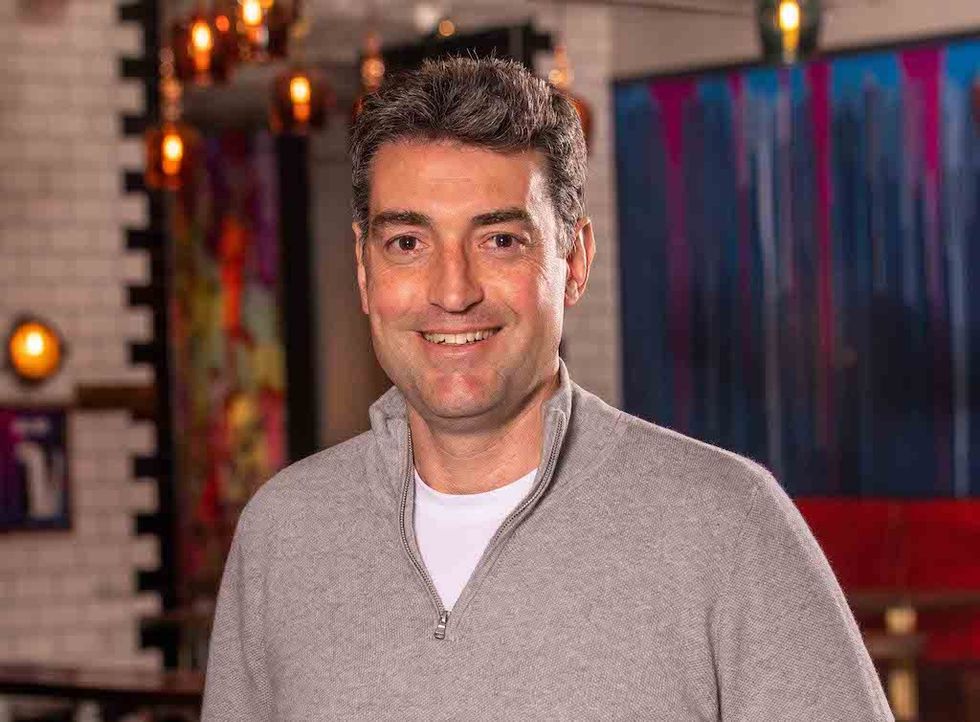 Toby Harris
Toby Harris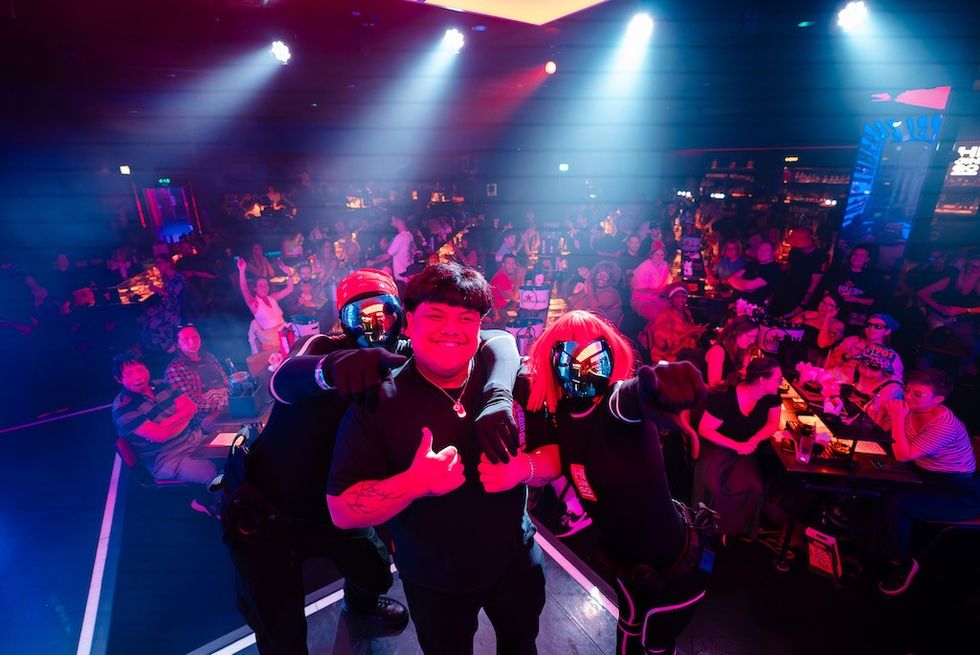 Hijingo
Hijingo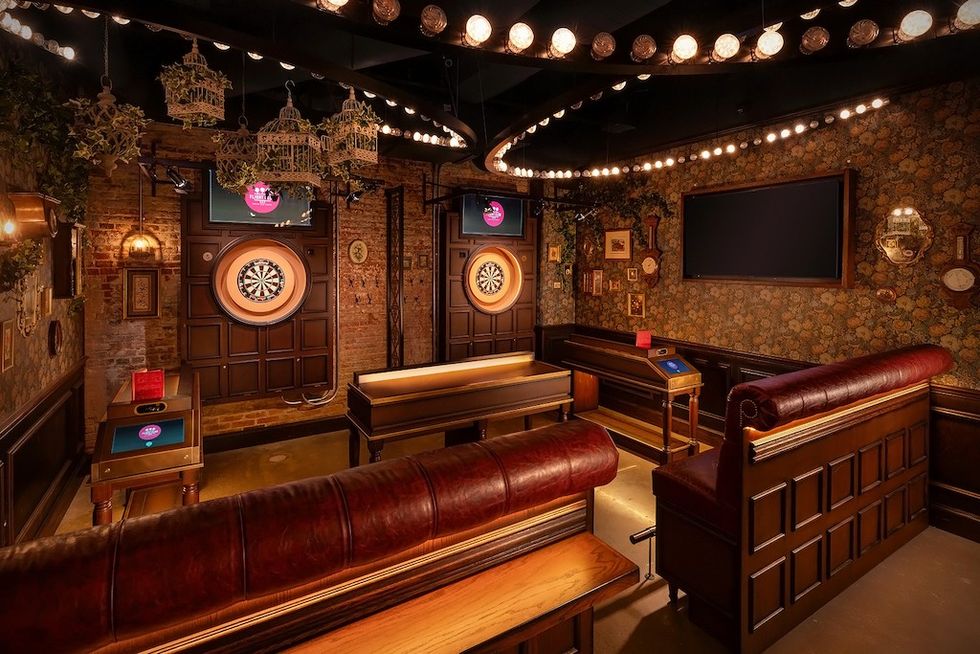 Flight Club, Washington D.C.
Flight Club, Washington D.C.
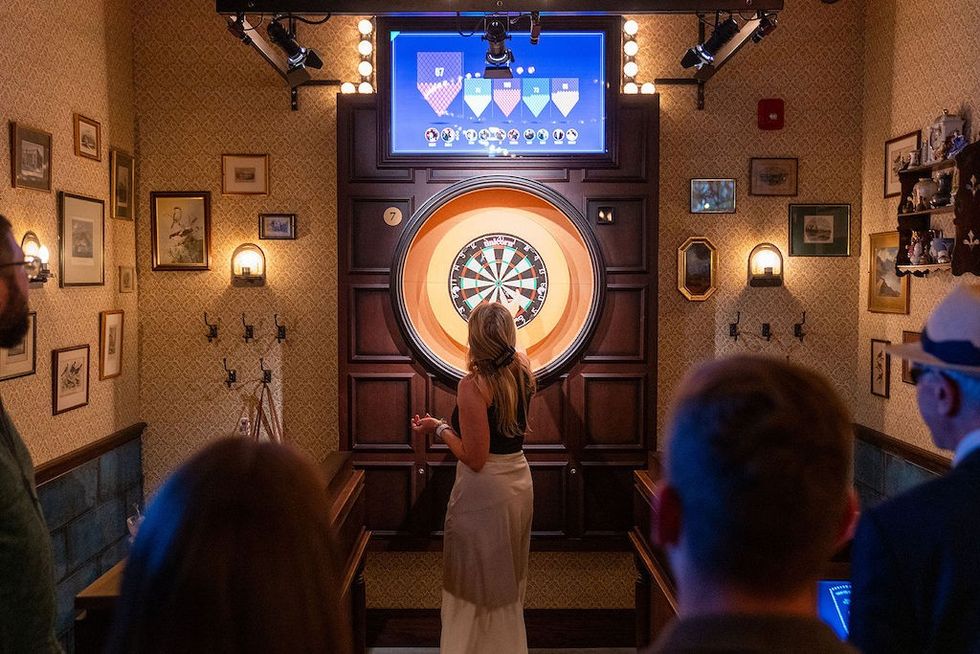 Flight Club Philadelphia
Flight Club Philadelphia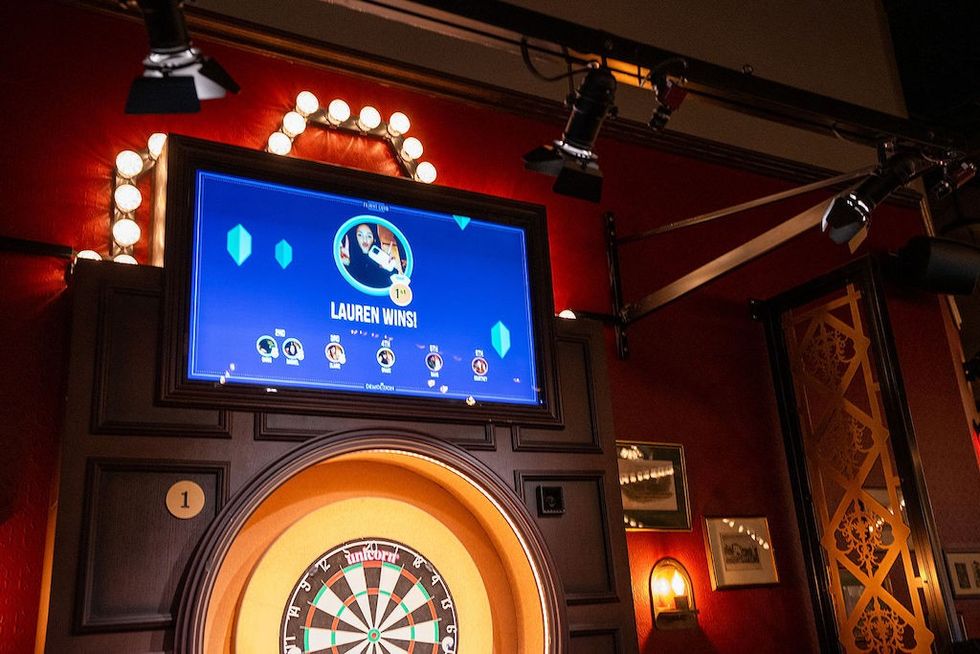 Flight Club Philadelphia
Flight Club Philadelphia Bounce
Bounce Hijingo
Hijingo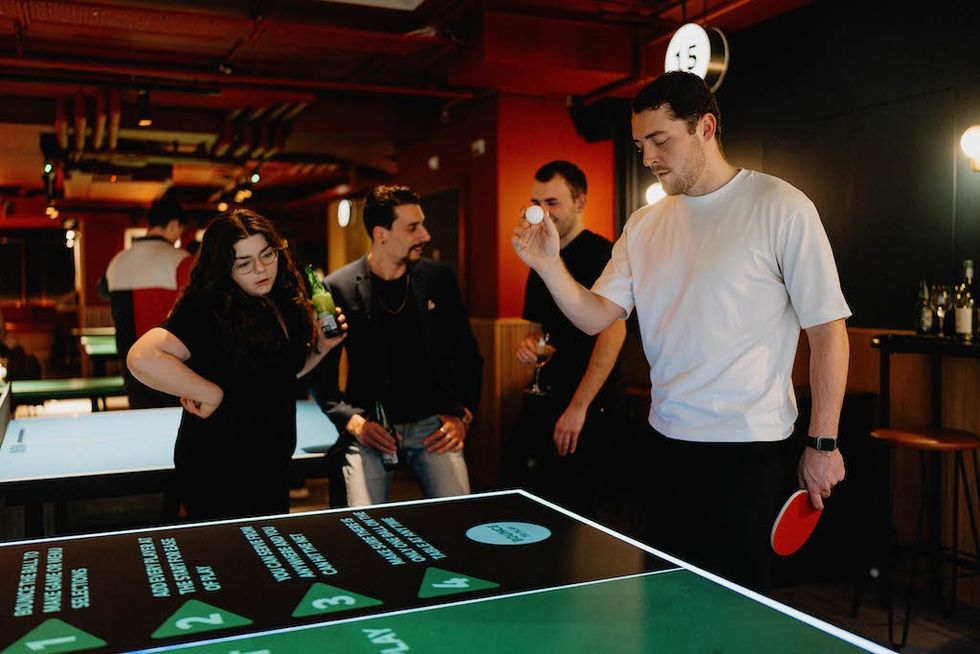 Bounce
Bounce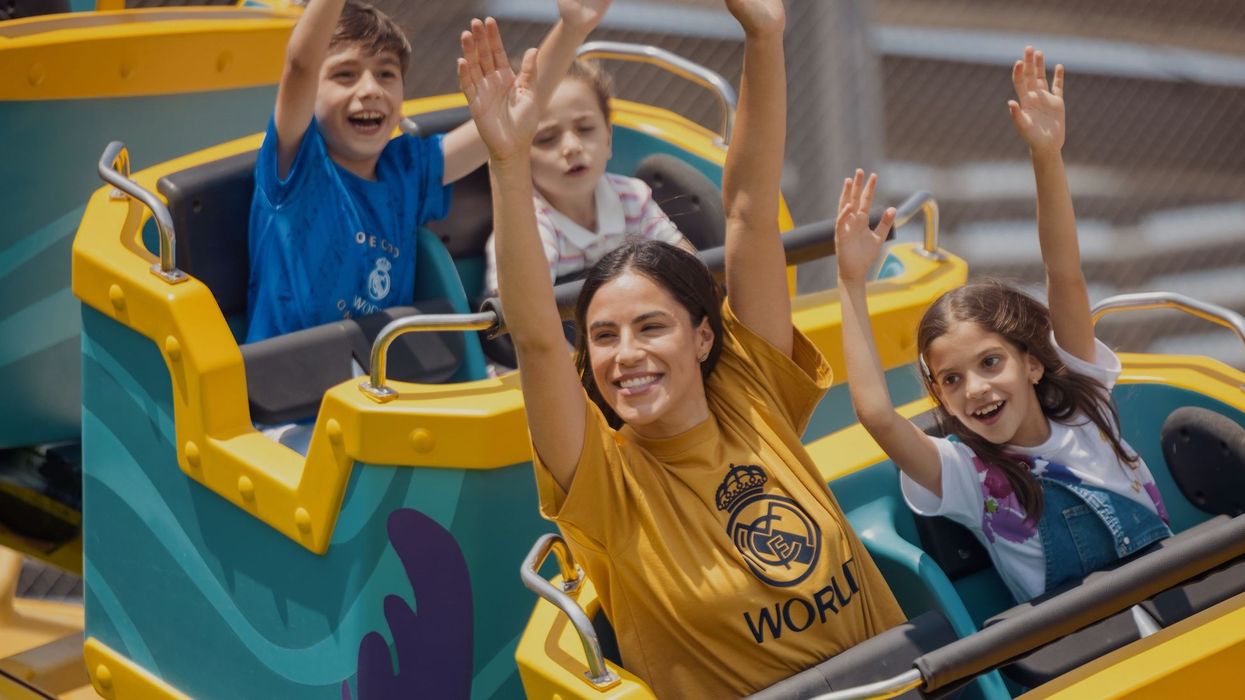
 Fernando Eiroa
Fernando Eiroa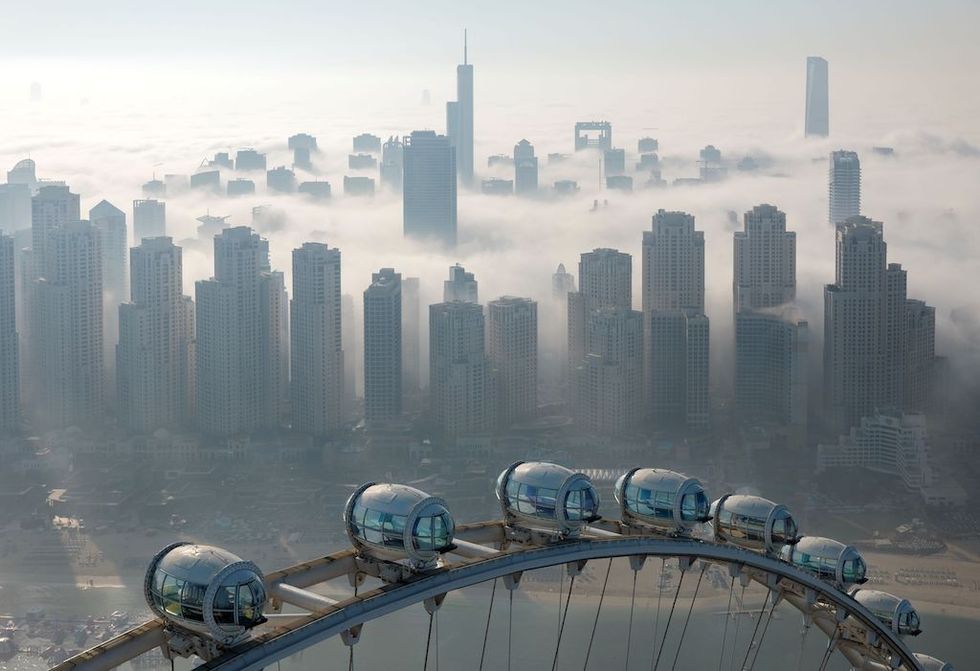
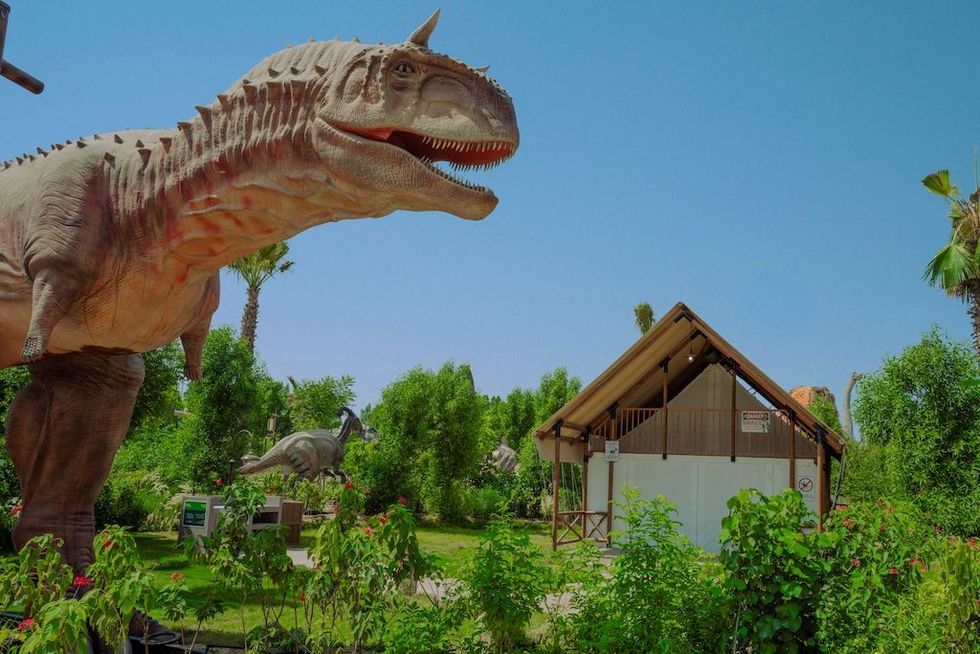
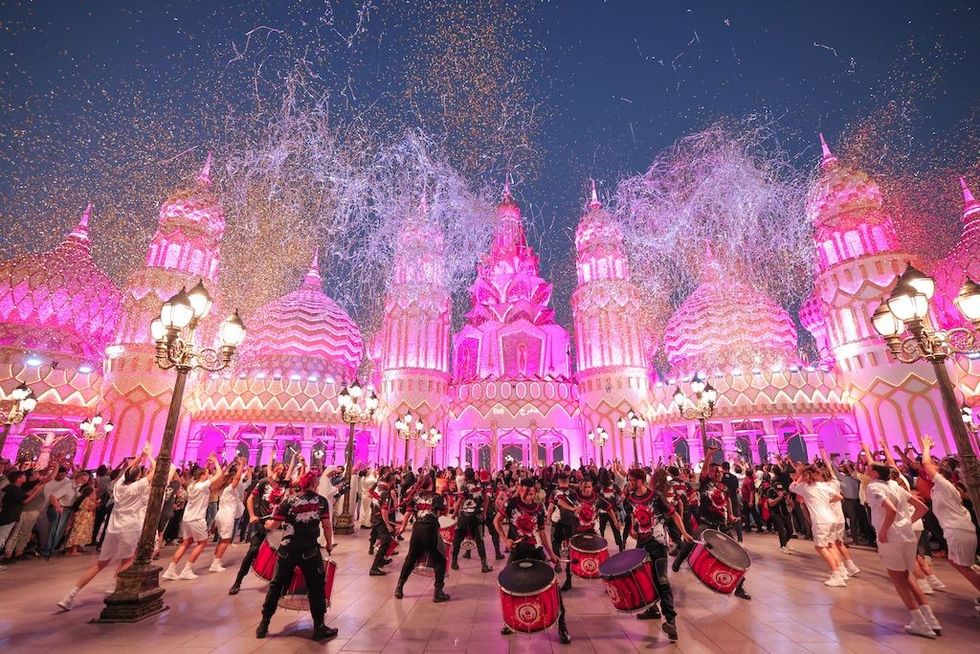
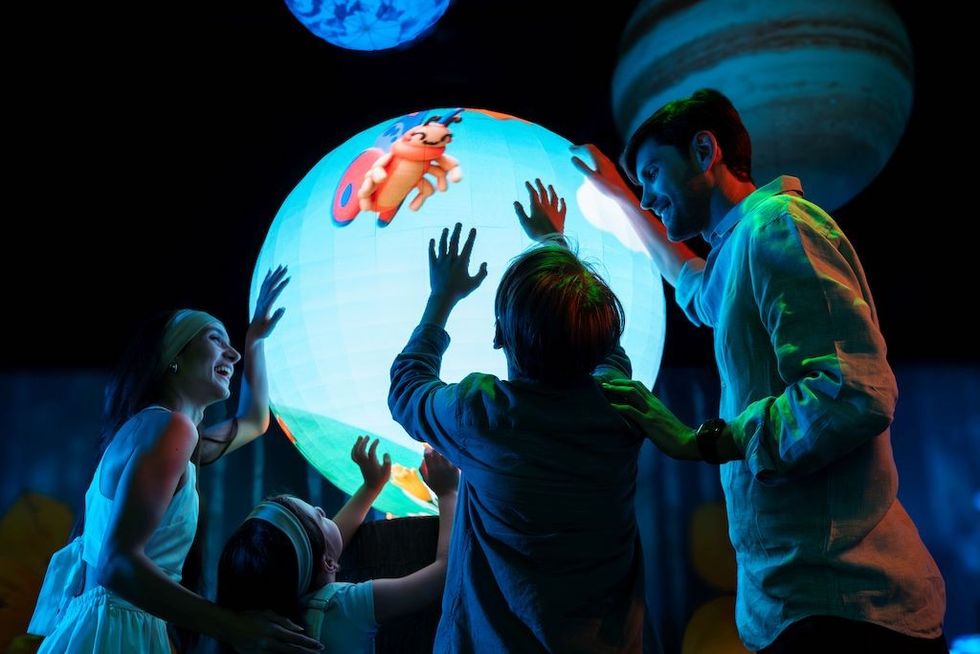



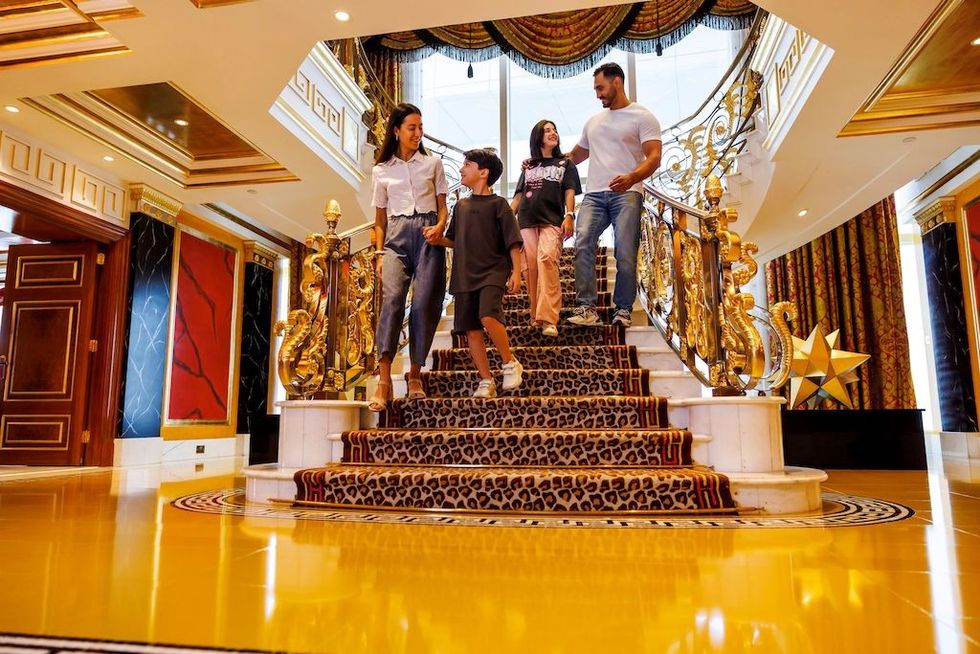




 Nickelodeon Land at Parque de Atracciones de Madrid
Nickelodeon Land at Parque de Atracciones de Madrid Raging Waters
Raging Waters 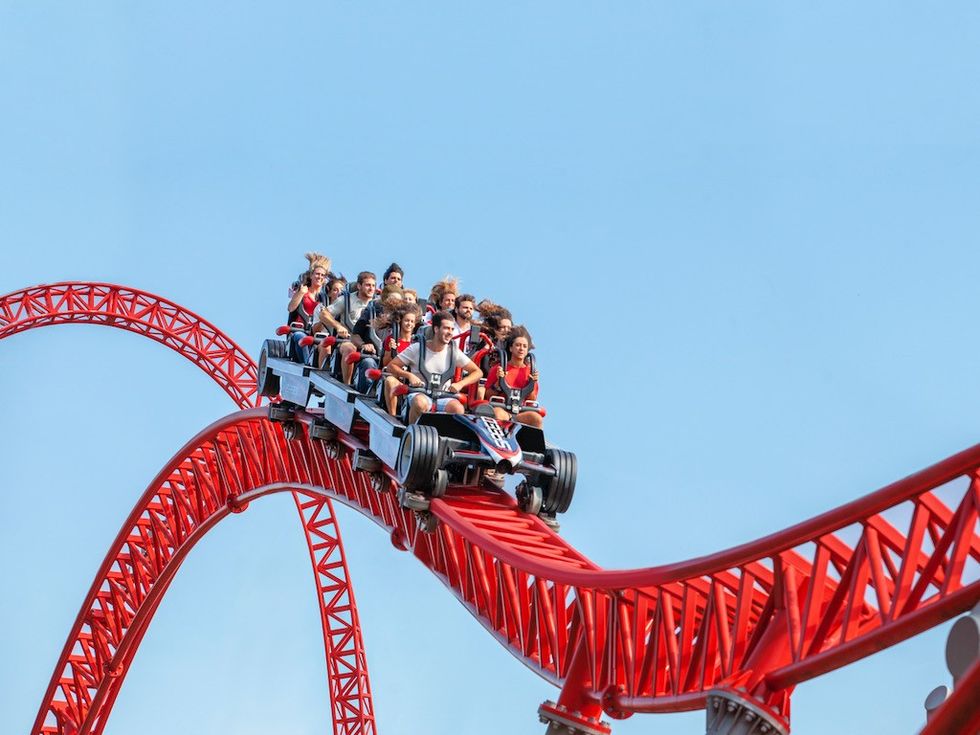 Mirabilandia's iSpeed coaster
Mirabilandia's iSpeed coaster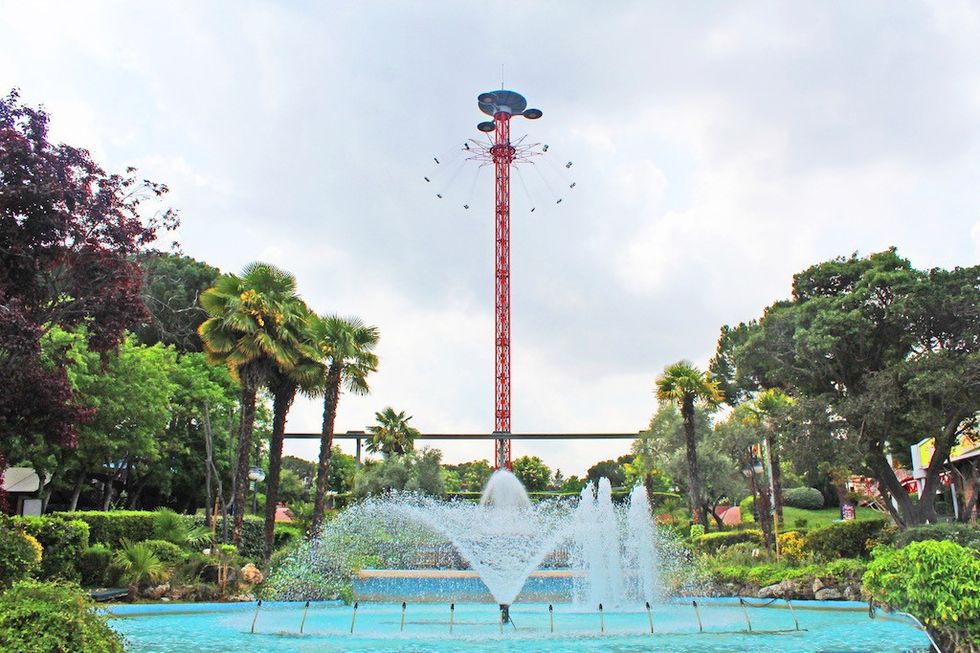 Parque de Atracciones de Madrid
Parque de Atracciones de Madrid Ferracci at the ribbon-cutting ceremony for Nickelodeon Land at Mirabilandia, with (left) Marie Marks, senior VP of global experiences for Paramount and (cutting the ribbon) Sabrina Mangina, GM at Mirabilandia
Ferracci at the ribbon-cutting ceremony for Nickelodeon Land at Mirabilandia, with (left) Marie Marks, senior VP of global experiences for Paramount and (cutting the ribbon) Sabrina Mangina, GM at Mirabilandia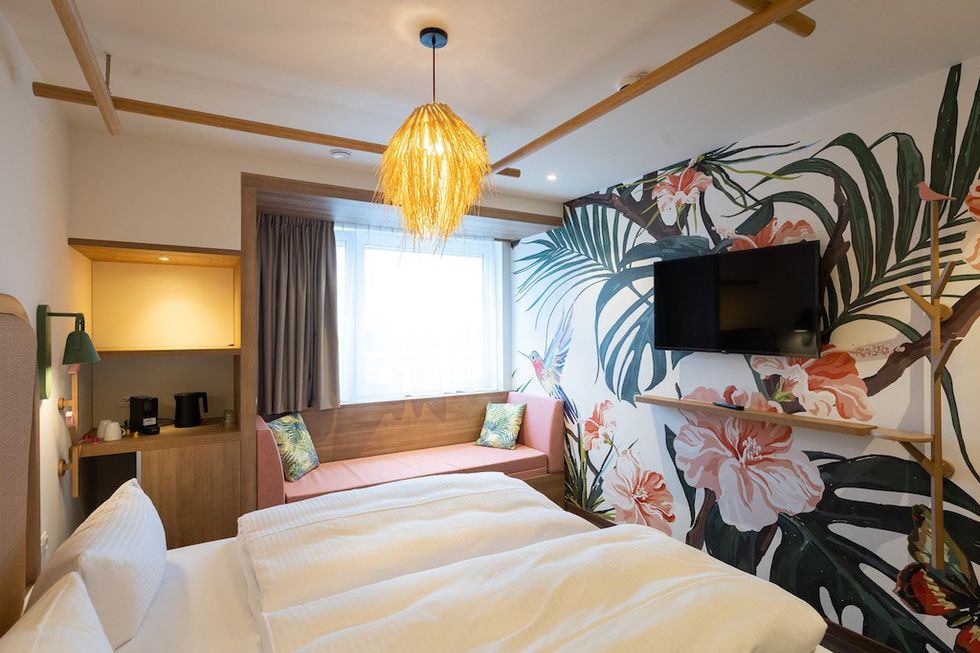 Tropical Islands OHANA hotel
Tropical Islands OHANA hotel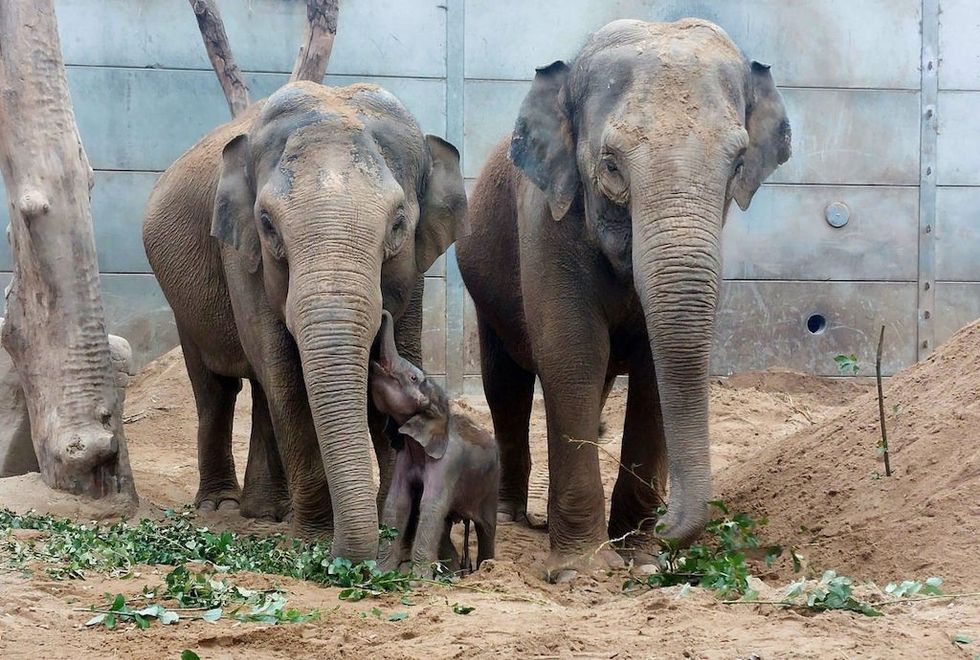 Elephants at Blackpool Zoo
Elephants at Blackpool Zoo  Tusenfryd
Tusenfryd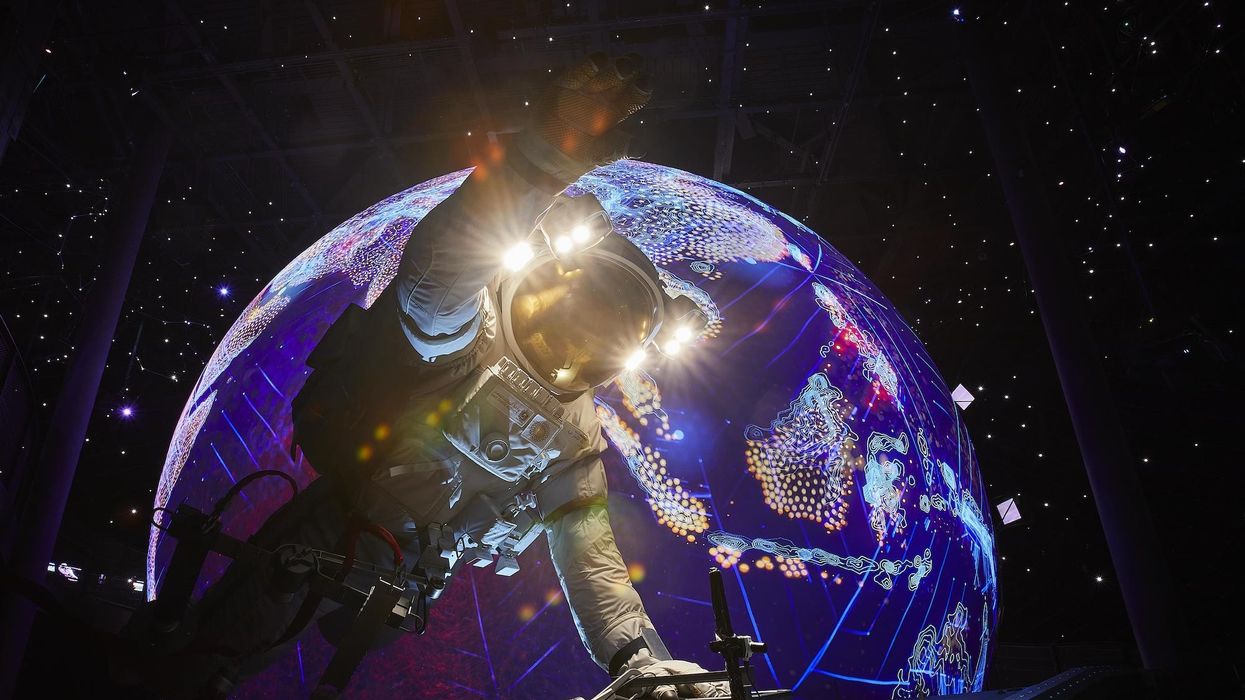
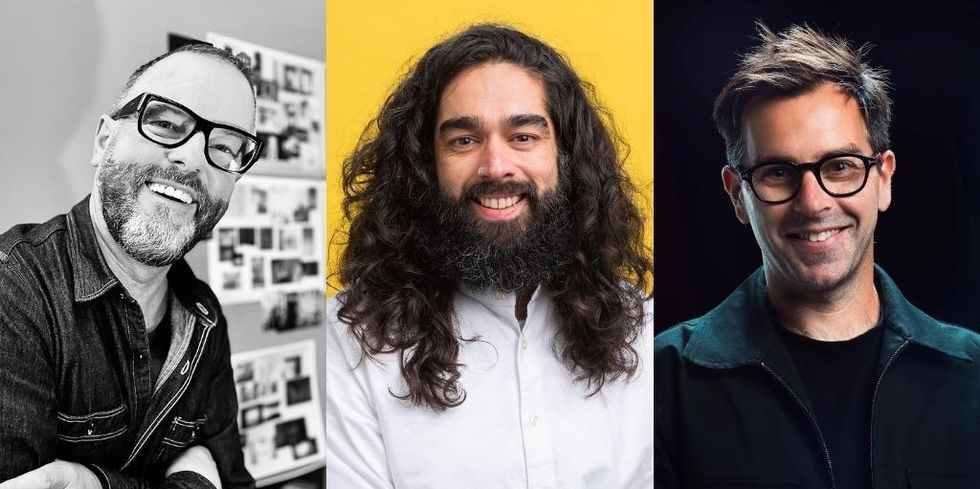 Andrew Thomas, Jason Aldous and Rik Athorne
Andrew Thomas, Jason Aldous and Rik Athorne
